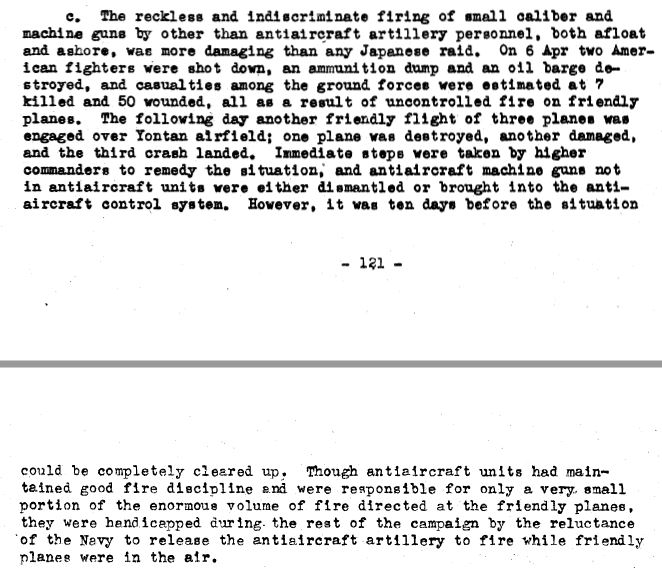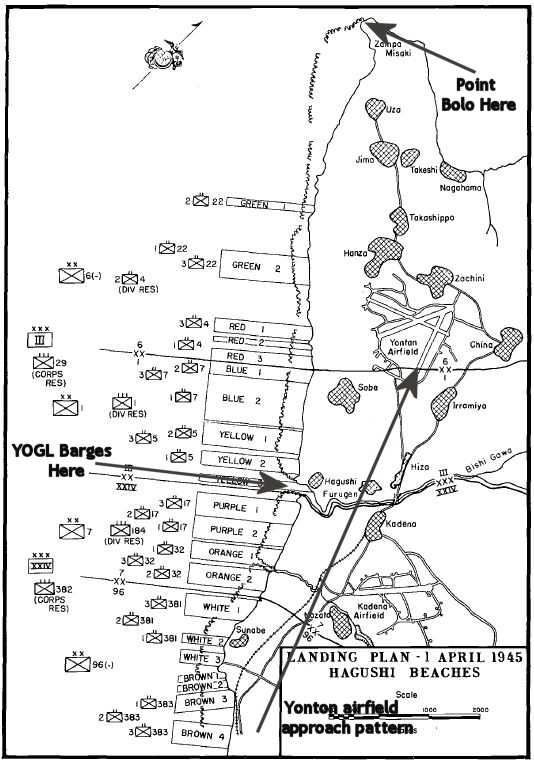
This thread subject is about researching friendly fire that involved flag ranks at Okinawa in 1945.
The really frustrating thing about friendly fire incidences in military history is how often they are covered up. 1/
The really frustrating thing about friendly fire incidences in military history is how often they are covered up. 1/
https://twitter.com/TrentTelenko/status/1379938888811220995
This happens so often that it amounts to a normal state of affairs.
The story of the 2004 friendly fire death of former professional NFL football player turned post 9/11/2001 US Army Ranger Patrick Daniel Tillman is a case in point.
2/
en.wikipedia.org/wiki/Pat_Tillm…
The story of the 2004 friendly fire death of former professional NFL football player turned post 9/11/2001 US Army Ranger Patrick Daniel Tillman is a case in point.
2/
en.wikipedia.org/wiki/Pat_Tillm…
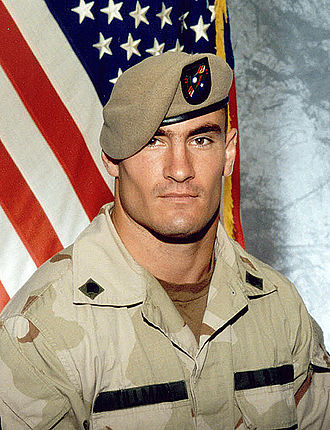
This is most especially true when it involves small numbers of deaths, the most politically connected and powerful officer leadership cliques in a military service, and the failure of a military doctrine that clique championed, as was the case on 6 April 1945.
3/
3/
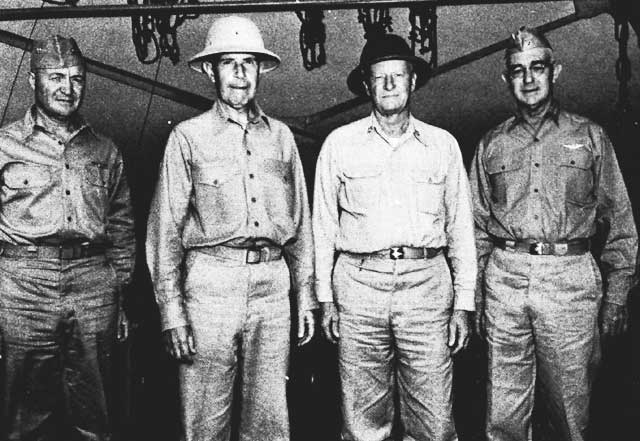
The battle on 6 April 1945 made manifest the failure of Central Pacific amphibious deconfliction. The USN never developed a doctrine to prevent friendly fire in an amphibious operation in WW2.
Specifically, it's command doctrine around a "Senior Officer Present, Afloat"...
4/
Specifically, it's command doctrine around a "Senior Officer Present, Afloat"...
4/
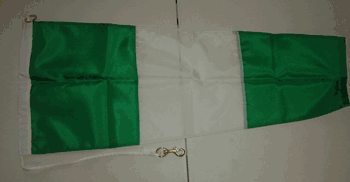
...in the Pacific Fleet, as executed by Admiral Richmond Kelly Turner and his subordinates, never bothered to coordinate sea-based and ground-based air defenses as a threat based integrated air defense system that both prevented friendly fire via integrated radar coverage and
5/
5/
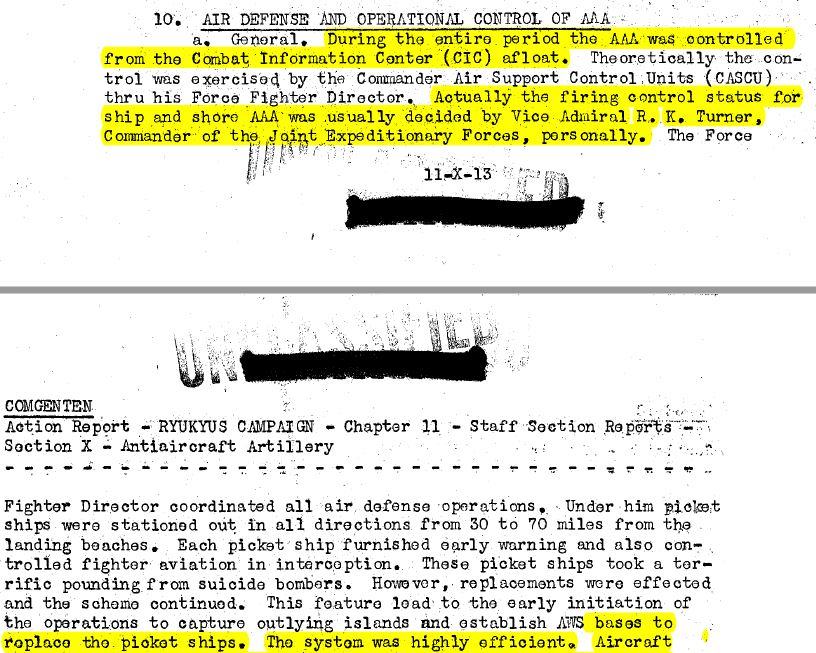
...protected the Army shipping most vital to ground operations.
The result of this doctrinal failure was two amazingly hurtful logistical catastrophes leading to a series of cascading failures that unnecessarily prolonged Okinawa from mid-May 1945 to early June 1945.
6/


The result of this doctrinal failure was two amazingly hurtful logistical catastrophes leading to a series of cascading failures that unnecessarily prolonged Okinawa from mid-May 1945 to early June 1945.
6/
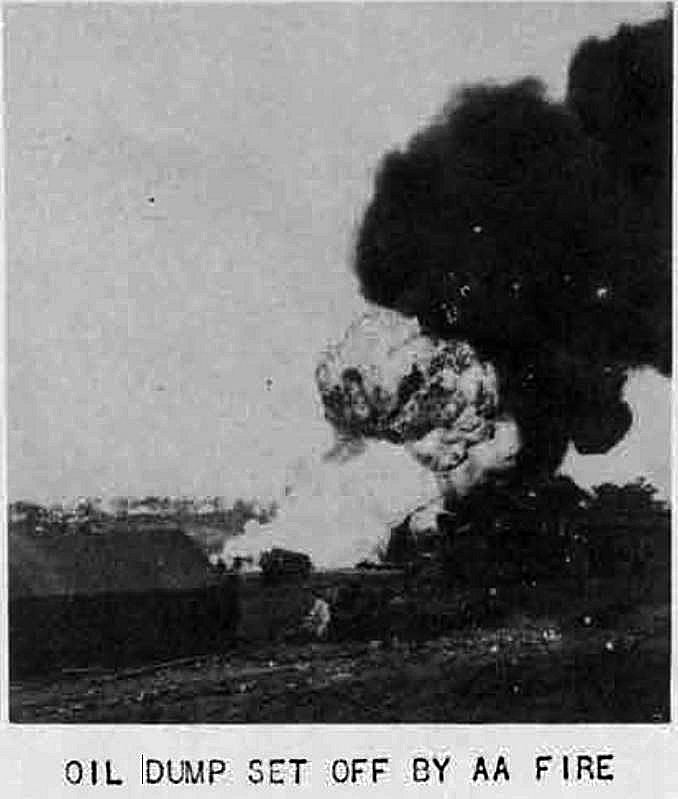
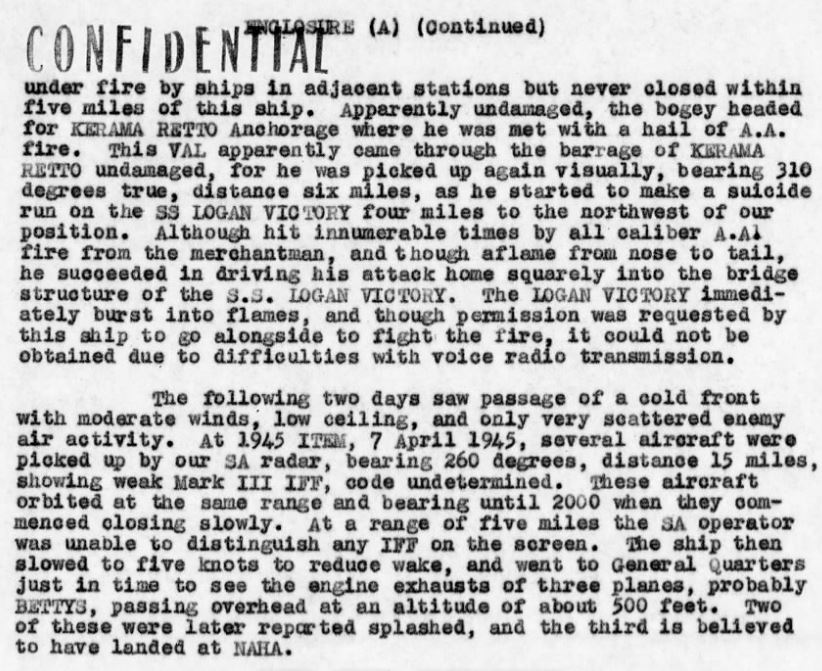
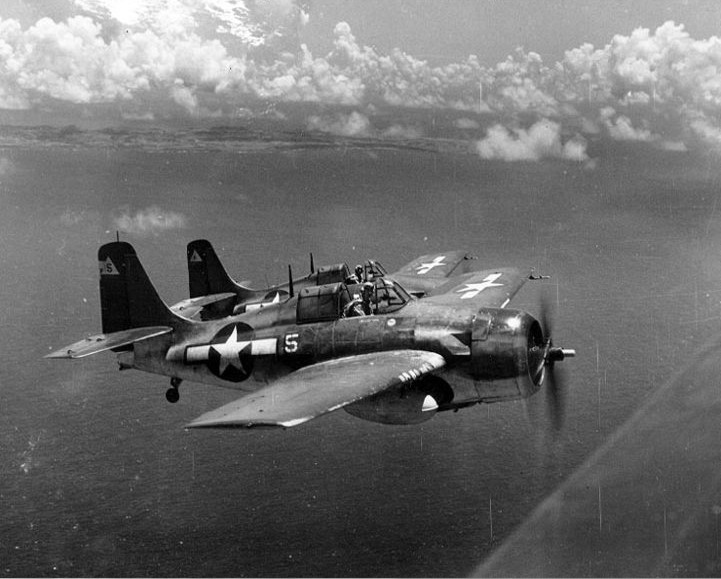
I covered the extent of this 6 April 1945 damage in an earlier twitter thread (link below) that included 7 dead and 50 wounded on Okinawa & a further two killed and 17 wounded on USN vessels & craft off shore from friendly fire:
7/


7/
https://twitter.com/TrentTelenko/status/1379938884654620672
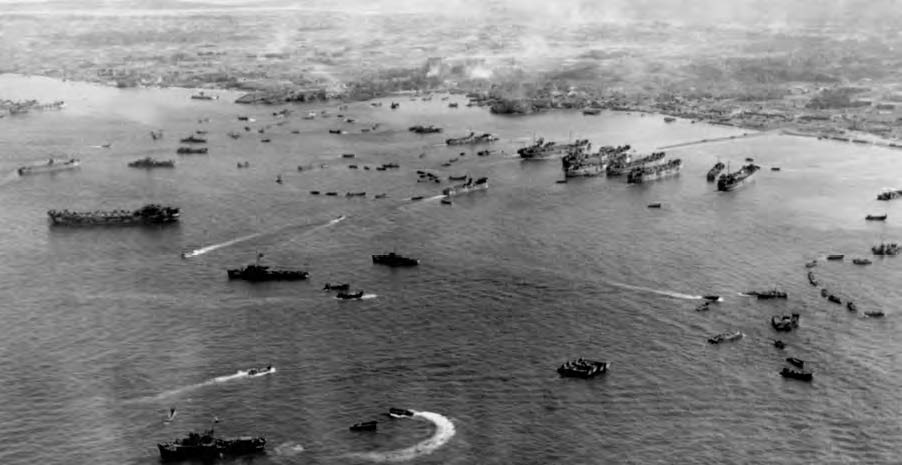
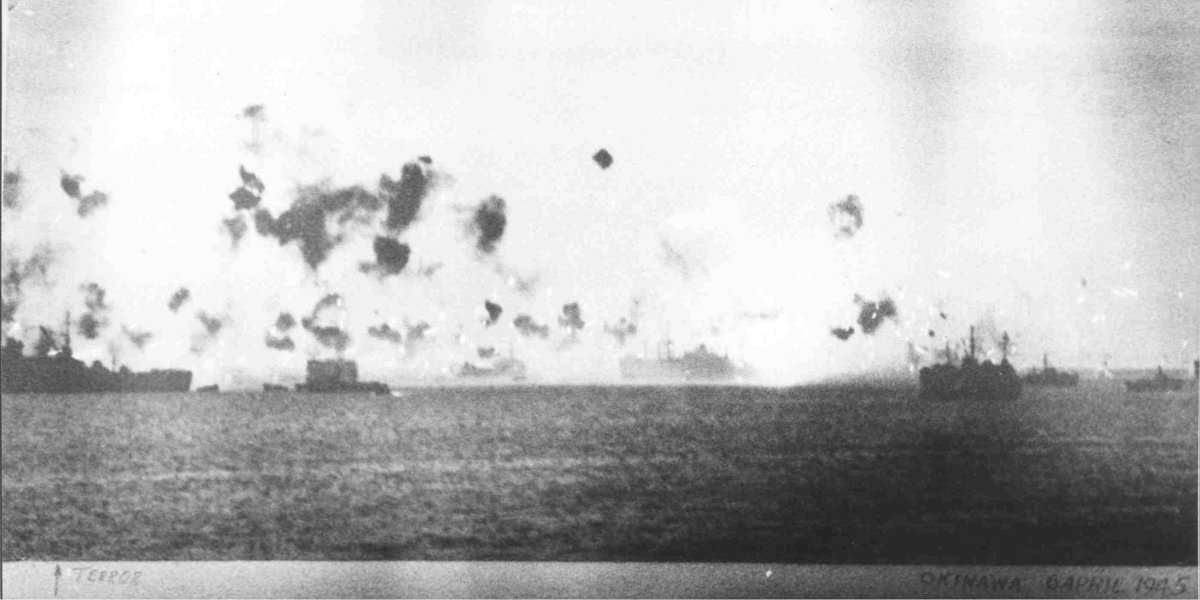
And for comparison, this is a modern USN SOPA regulation (at link). Please note the lack of air defense integration, other than consulting w/NORAD. 8/
NASPNCLAINST 5400.2C
Code 13000
2 Aug 01
MANUAL OF THE SENIOR OFFICER PRESENT AFLOAT (SOPA), PENSACOLA
ready.navy.mil/content/dam/cn…
NASPNCLAINST 5400.2C
Code 13000
2 Aug 01
MANUAL OF THE SENIOR OFFICER PRESENT AFLOAT (SOPA), PENSACOLA
ready.navy.mil/content/dam/cn…
When researching Okinawa, I first found a mention of the 6 Apr 1945 friendly fire incident in a 1949 article See:
9/
John I. Hincke, Colonel, Coast Artillery Corps
"Activities of the Tenth Army AAA" Pages 2 - 10,
Anti-Aircraft Journal, July-August, 1949
apps.dtic.mil/dtic/tr/fullte…



9/
John I. Hincke, Colonel, Coast Artillery Corps
"Activities of the Tenth Army AAA" Pages 2 - 10,
Anti-Aircraft Journal, July-August, 1949
apps.dtic.mil/dtic/tr/fullte…
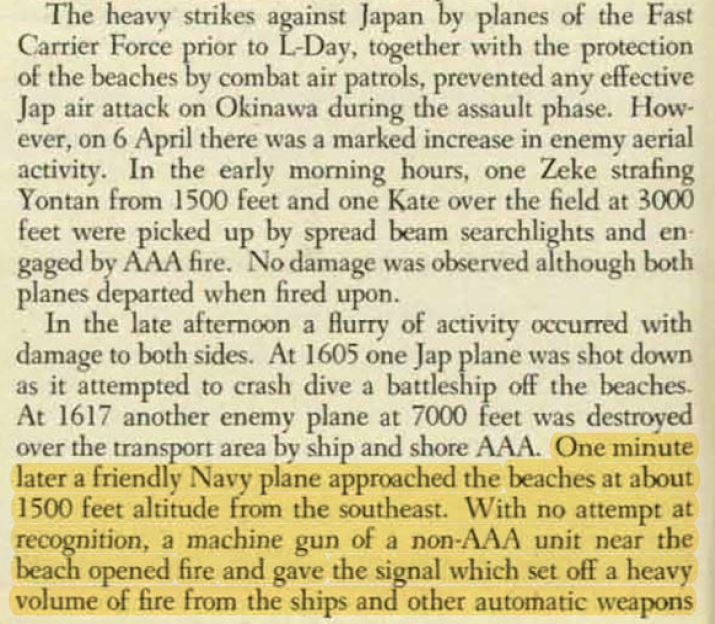

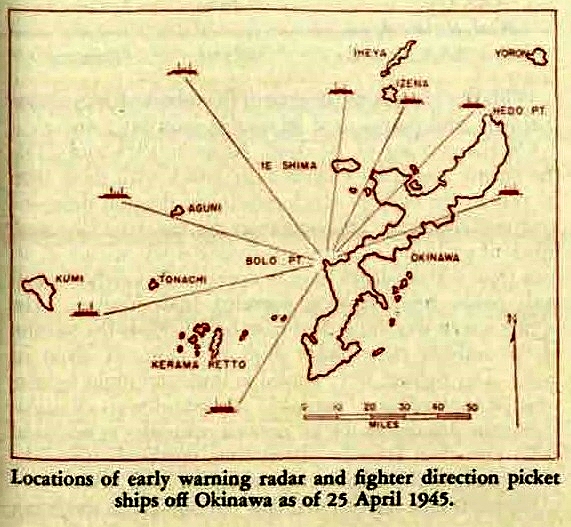
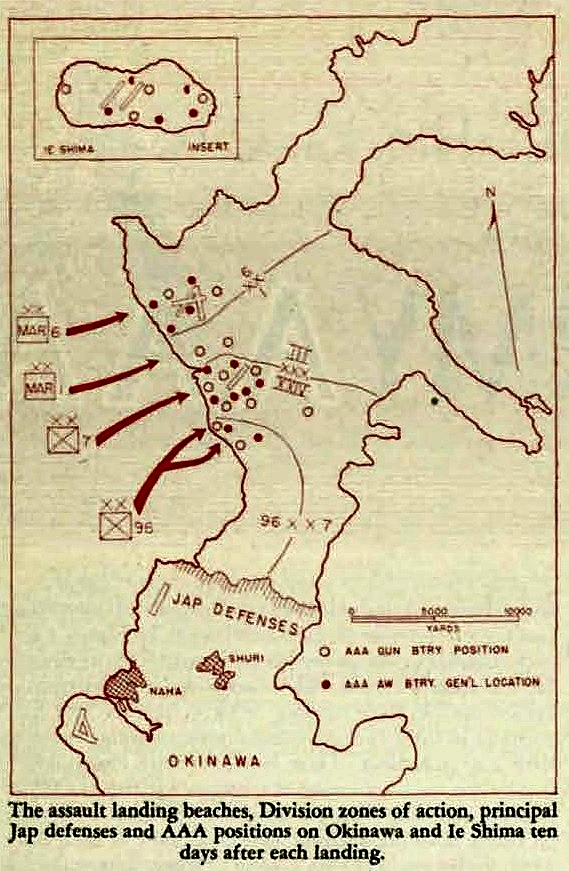
From there, I went to the Ike Skelton Combined Arms Research Library Digital Library for this document:
Tenth Army: Action Report: Ryukyus: 26 March to 30 June 1945. Volume II.
Chapter 11 - Staff Section Reports Section X - Antiaircraft Artillery
10/
cgsc.contentdm.oclc.org/digital/collec…



Tenth Army: Action Report: Ryukyus: 26 March to 30 June 1945. Volume II.
Chapter 11 - Staff Section Reports Section X - Antiaircraft Artillery
10/
cgsc.contentdm.oclc.org/digital/collec…

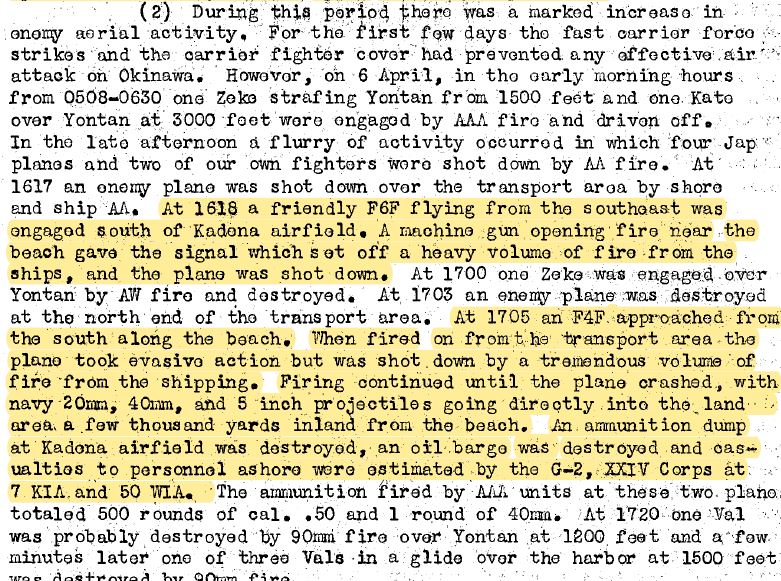

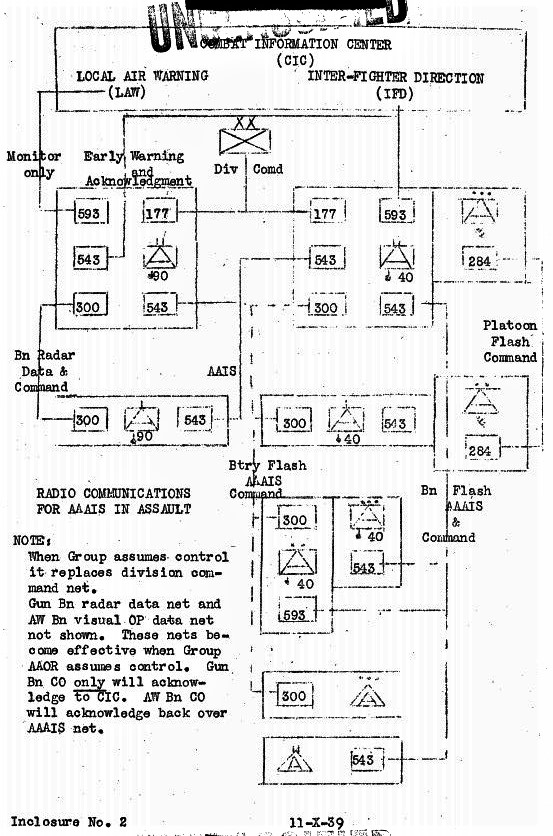
The 10th Army AAR's confirmed the 1949 US Army air defense branch article...so what did war diaries of US Navy ship on 6 April 1945 say?
Short form: The higher the rank, the less was said.
The USS El Dorado did not admit that a friendly fire incident happened.
11/


Short form: The higher the rank, the less was said.
The USS El Dorado did not admit that a friendly fire incident happened.
11/
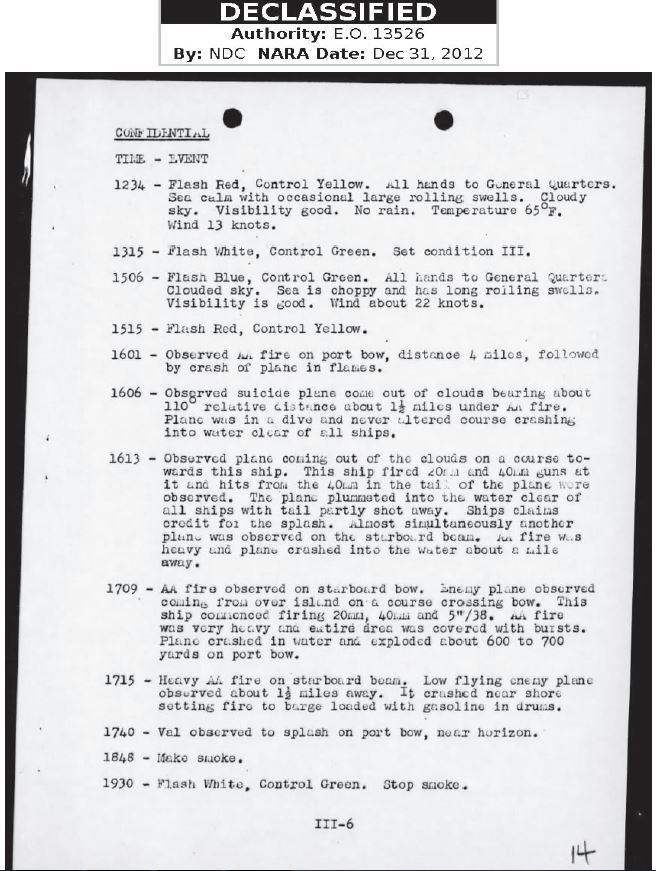
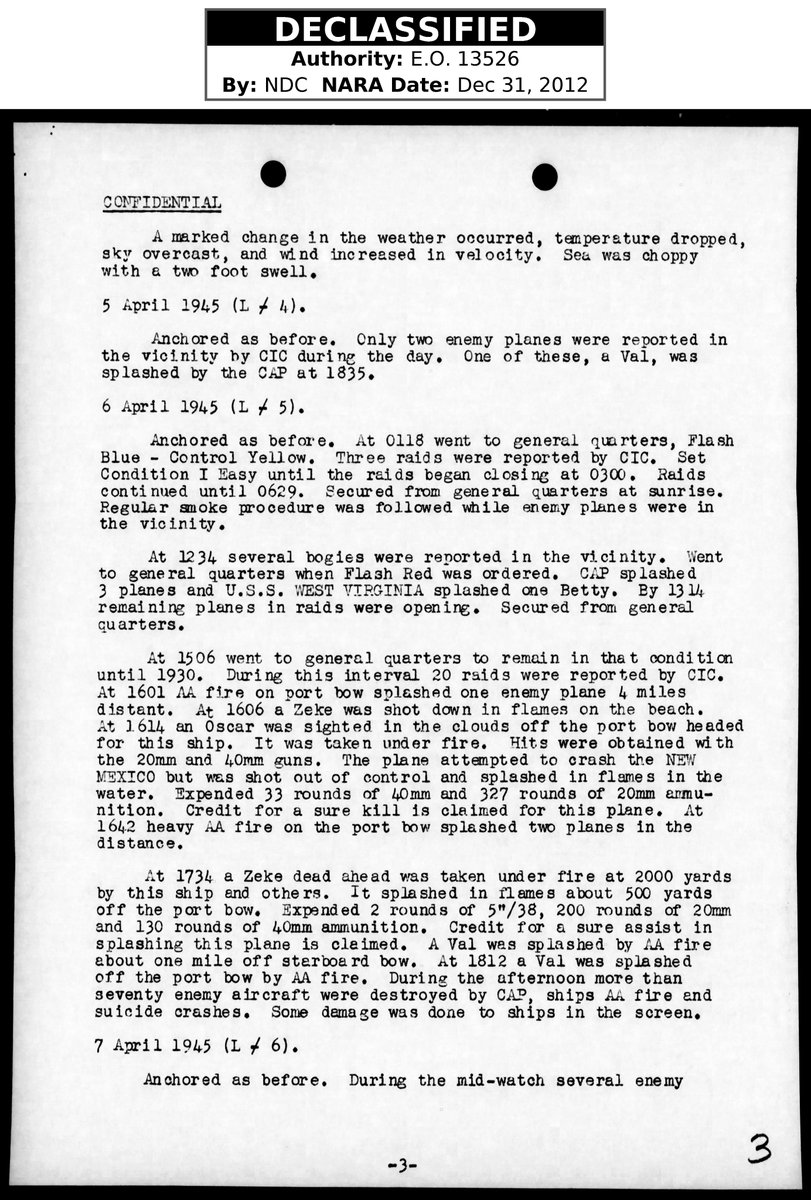

USS El Dorado's 'Rep of opers in the Invasion & Occupation of the Okinawa Gunto, Ryukyu Islands, 4-1-45 - 5-18-45' admitted to a plane crashing on the Bishi Gawa's fuel barges.
It does not admit that it was a FM-2 Wildcat flown by Lt(jg) A.S. Bazzell of the USS Lunga Point
12/
It does not admit that it was a FM-2 Wildcat flown by Lt(jg) A.S. Bazzell of the USS Lunga Point
12/
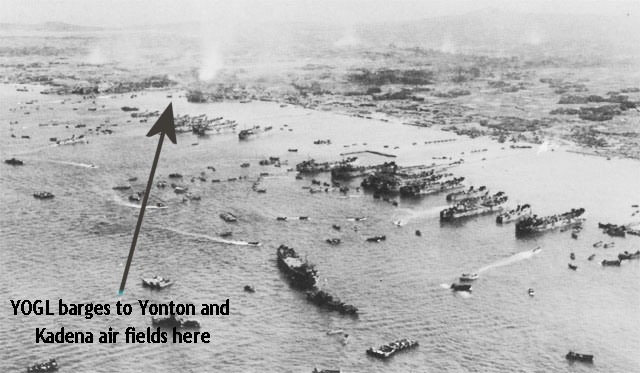
This is the USS Lunga Point's (CVE-94) war diary for 6 Apr 1945. Bazzell's death is mentioned.
And his trying to land at Yontan air field while being low on fuel.
Plus his crashing short of the field...just not the cause, friendly fire, or his time of death, 1705.
13/
And his trying to land at Yontan air field while being low on fuel.
Plus his crashing short of the field...just not the cause, friendly fire, or his time of death, 1705.
13/
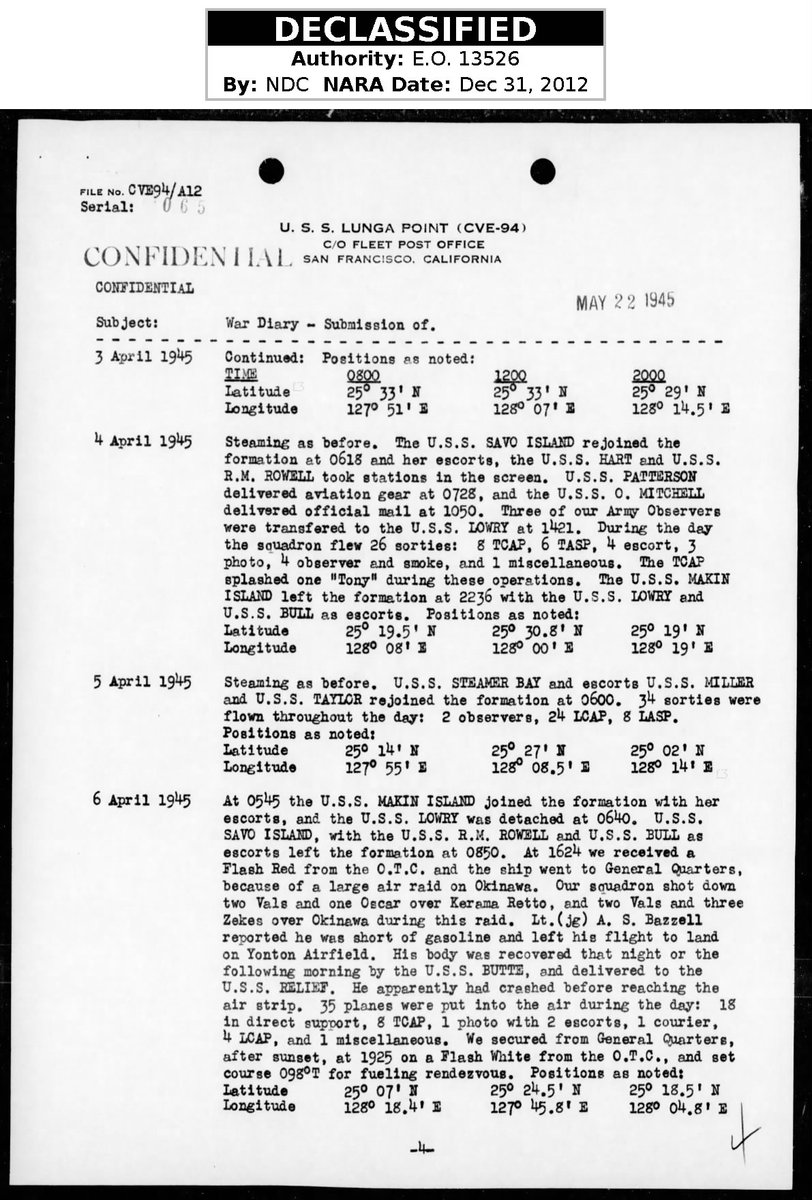
The pattern of the higher the rank, the less that was said about friendly fire on 6 Apr 1945 was also seen with the USS Panamint (AGC-13).
Attached is the war diary & the aerial attack diagram for 6 Apr 1945, lacking friendly fire shoot down 1618 & 1705 time hacks
14/


Attached is the war diary & the aerial attack diagram for 6 Apr 1945, lacking friendly fire shoot down 1618 & 1705 time hacks
14/
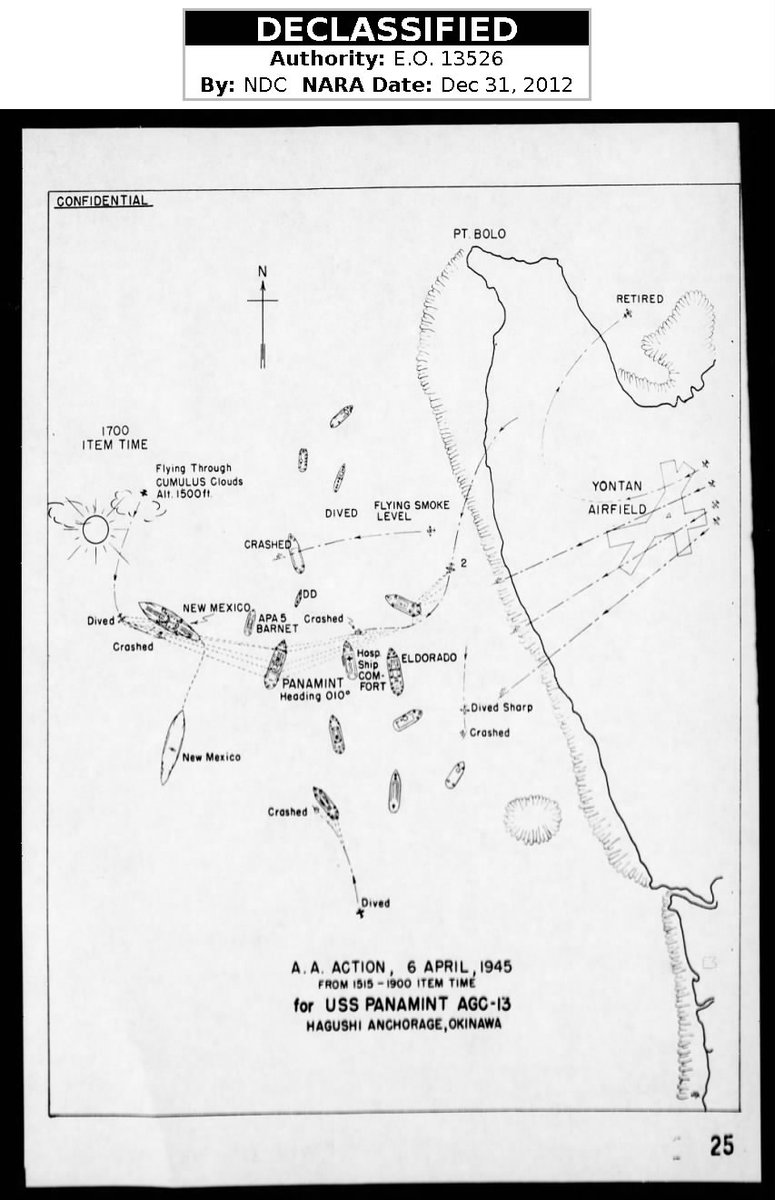


The 6 April 1945 at 1618 F6F Hellcat & 1705 FM-2 Wildcat shoot downs off Hagushi Beach are conspicuous by their absence in Adm. Samuel E. Morison's "Victory in the Pacific 1945"
Morison was on the USS El Dorado at Hagushi Beach when these planes were downed.
15/
Morison was on the USS El Dorado at Hagushi Beach when these planes were downed.
15/
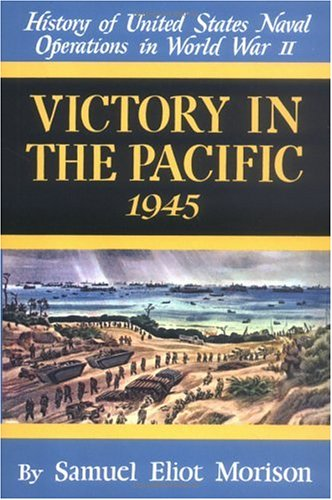
There were other US Navy ship captain's with a lot more moral courage than Admiral's Turner and Morison.
One of them was the captain of the USS Epping Forest.
While he got the type of plane shot down wrong. He also recorded the extensive damage to Iceberg fuel barges.
16/

One of them was the captain of the USS Epping Forest.
While he got the type of plane shot down wrong. He also recorded the extensive damage to Iceberg fuel barges.
16/

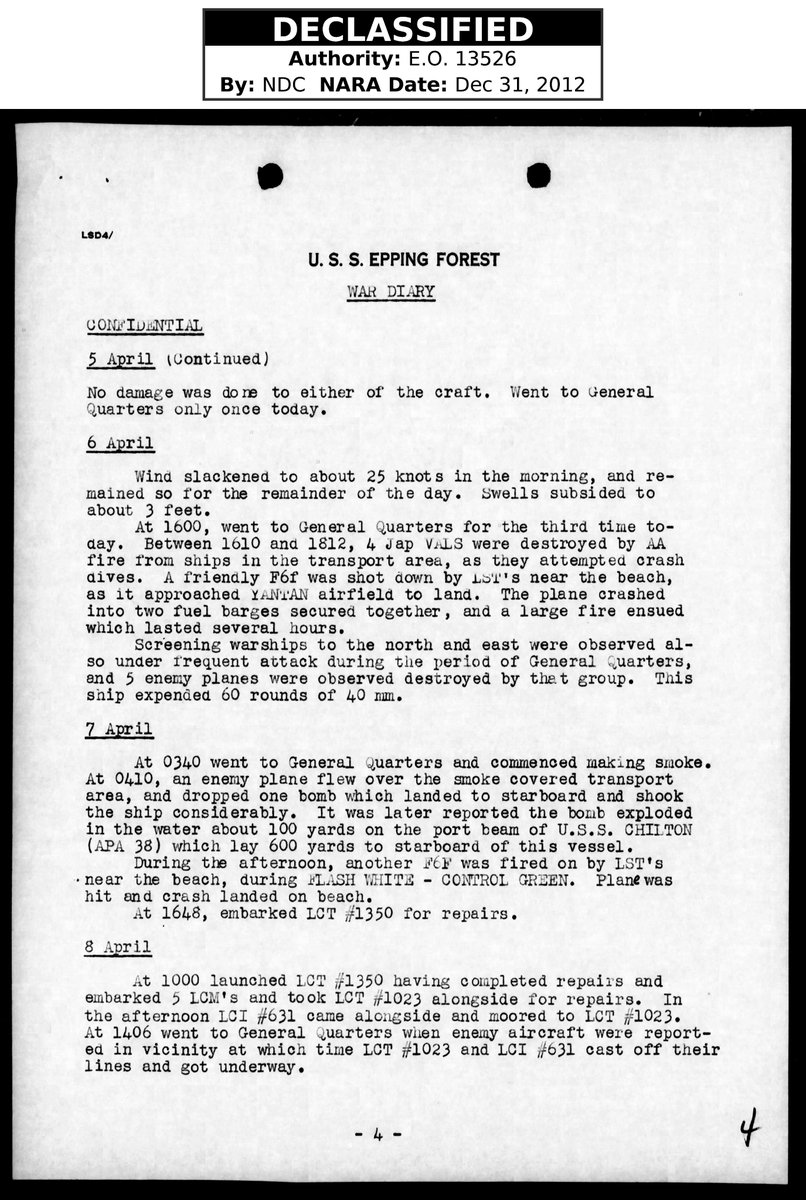
USS LST-241 had another skipper with moral courage. He not only reported the downing of Lt (jg) Bazzell's FM-2 and how it destroyed the 2 avgas barges at Bishi Gawa.
He recorded the death of the commander of LCT-1364 via a 'friendly' 40mm shell hitting his upper chest.
17/

He recorded the death of the commander of LCT-1364 via a 'friendly' 40mm shell hitting his upper chest.
17/
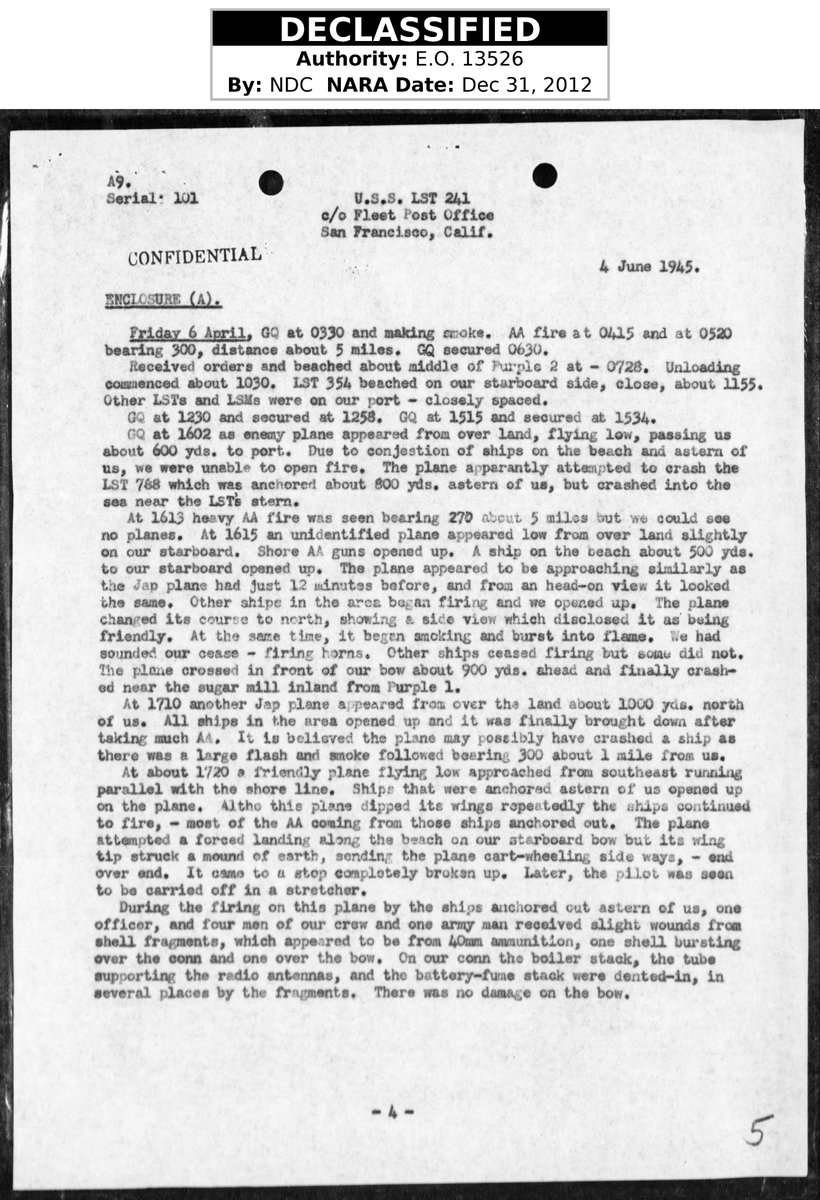

If fact, the skipper of the USS LST-241 placed more about the LCT-1364 into the historical record than you will find from LCT-1364's superior echelon, LCT Flotilla 34.
See:
"There is no DANFS history for LCT(6)-1364 available at NavSource."
18/
navsource.org/archives/10/18…
See:
"There is no DANFS history for LCT(6)-1364 available at NavSource."
18/
navsource.org/archives/10/18…
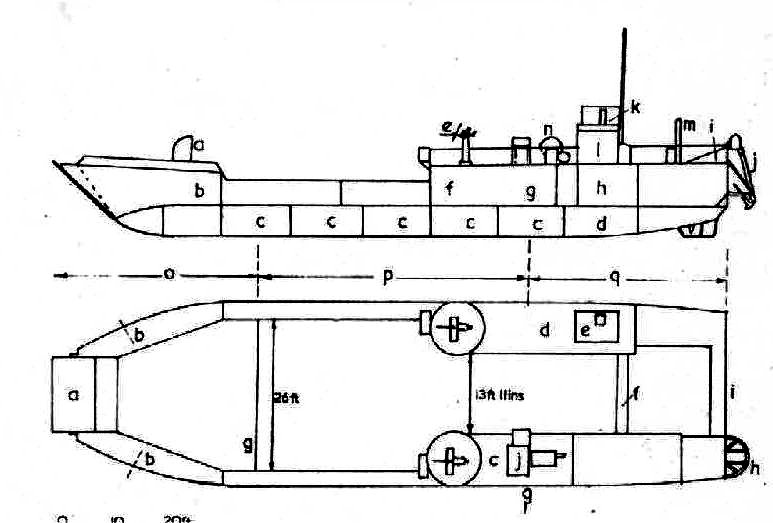
The events of 6 Apr 1945 also point out that there is a class of more...opportunistic...officers between the moral and go along to get along types.
Such was the captain of the USS Pakana (ATF-108). Do you see what he did with his war diary below? Look at the dual entries
19/
Such was the captain of the USS Pakana (ATF-108). Do you see what he did with his war diary below? Look at the dual entries
19/
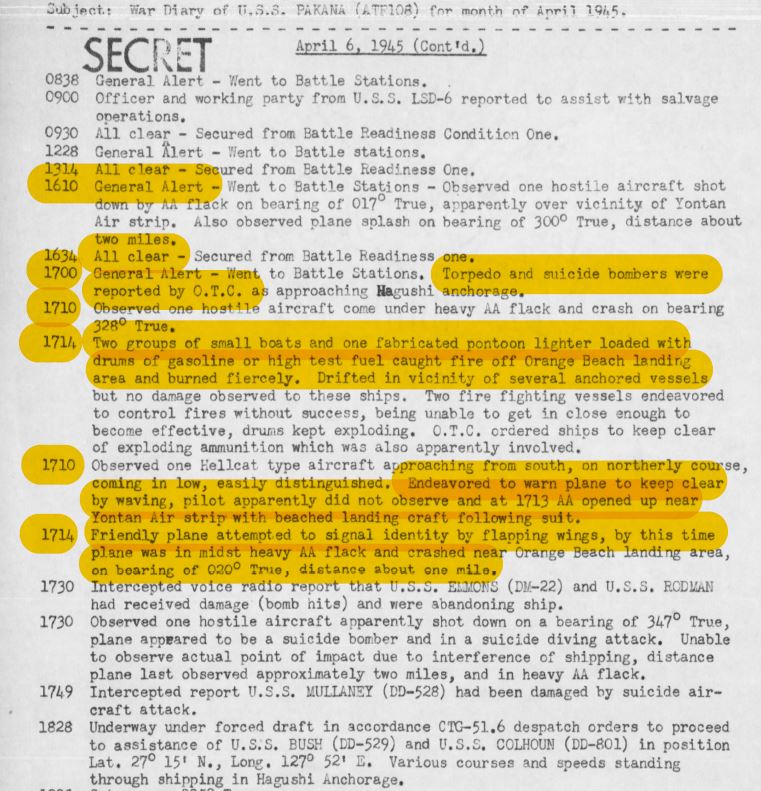
...at 1710 and 1714 there in the war diary.
The skipper of USS Pakana is trying -hard- to separate shoot down of Bazzell's FM-2 from the destruction of the gasoline barges.
He is also describing pontoon lighterage w/55-gal drums as gasoline barges - they're not the same!
20/


The skipper of USS Pakana is trying -hard- to separate shoot down of Bazzell's FM-2 from the destruction of the gasoline barges.
He is also describing pontoon lighterage w/55-gal drums as gasoline barges - they're not the same!
20/
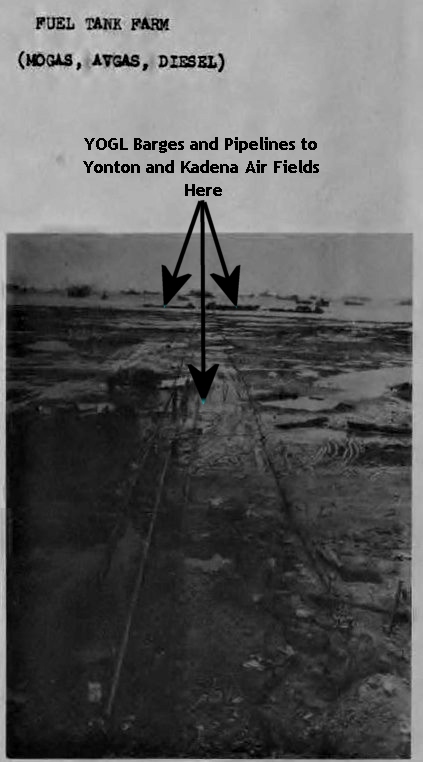
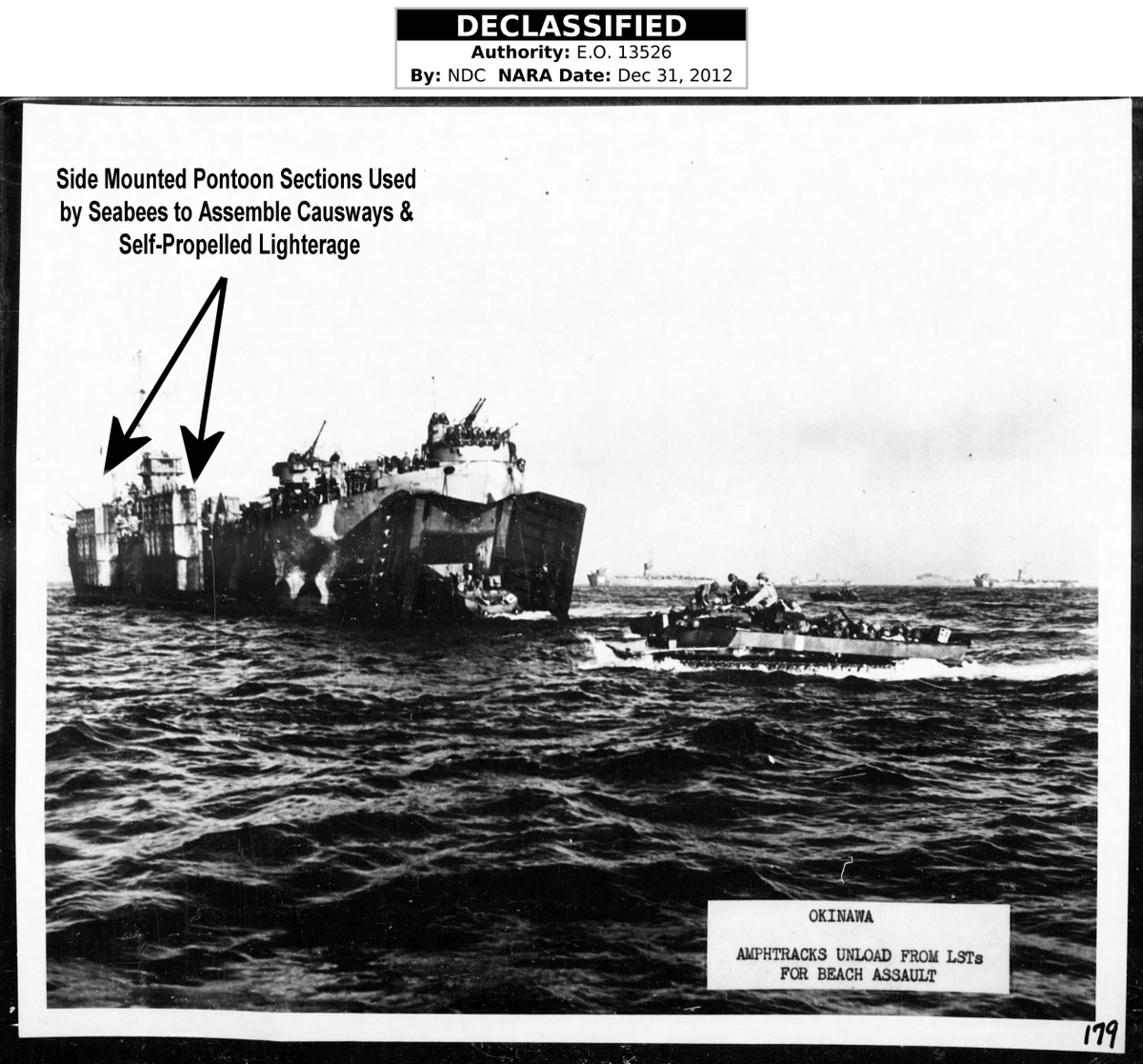
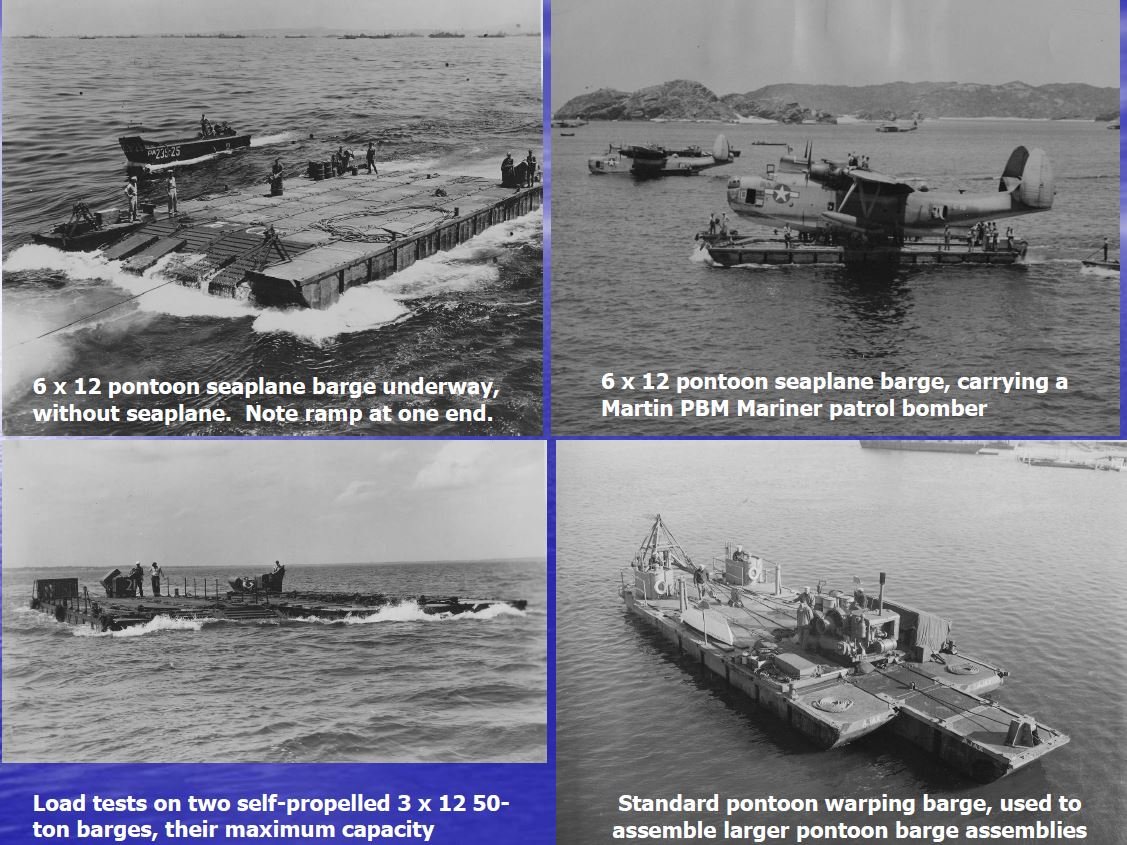
That pontoon vs YOGL barge 'confusion' looks intentional.
The YOGL plus pipeline photo in the last tweet & air field pipelines photos in this tweet came from:
Engineer Operations, Okinawa Shima.
HQ XXIV Corps, Office of the Engineer
August 01, 1945
21/
cgsc.cdmhost.com/cdm/singleitem…


The YOGL plus pipeline photo in the last tweet & air field pipelines photos in this tweet came from:
Engineer Operations, Okinawa Shima.
HQ XXIV Corps, Office of the Engineer
August 01, 1945
21/
cgsc.cdmhost.com/cdm/singleitem…
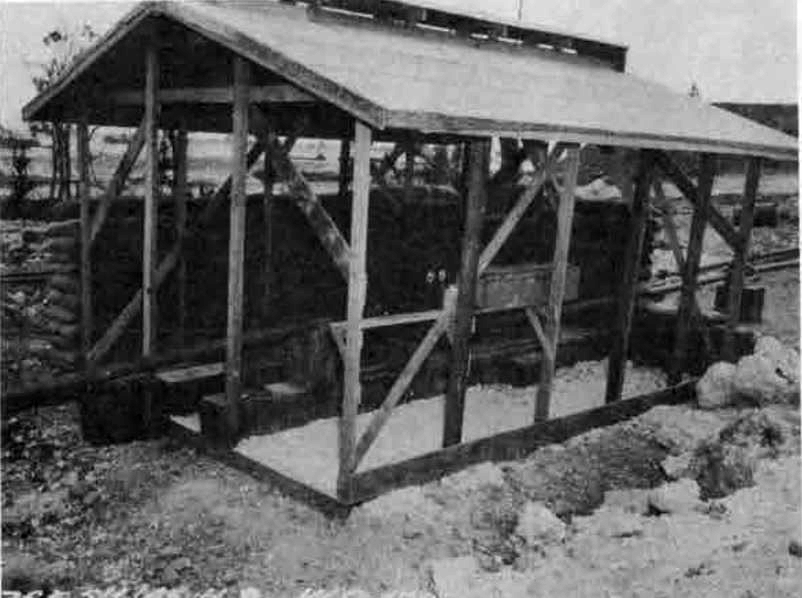
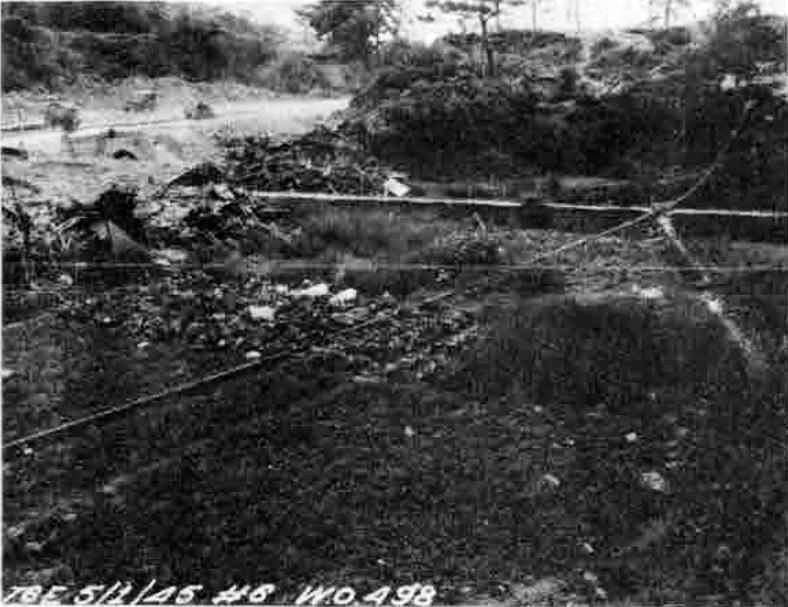
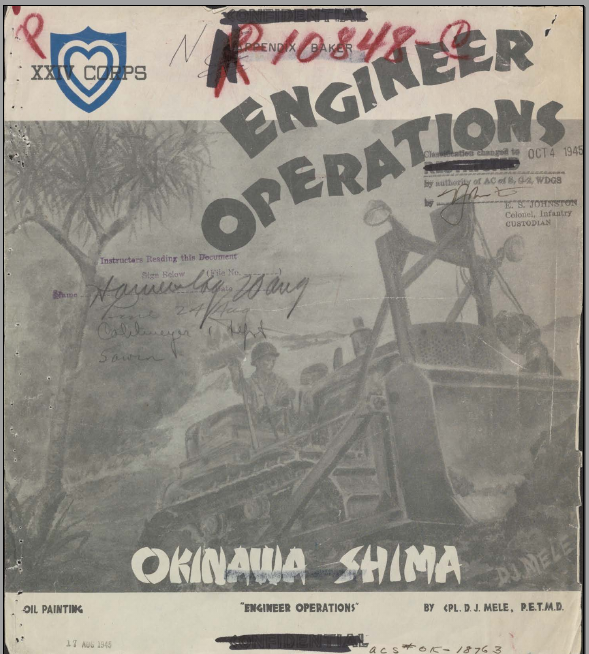
Per 'Engineer Operations, Okinawa Shima', the 1176th Eng. Const. Grp was under the XXIVth Corps chief engineer until 9 Apr 1945.
This group built all that Phase I YOGL & pipeline infrastructure (See pic) 1 - 9 Apr. That makes the photo in tweet 20 no later than 6 Apr 1945
22/

This group built all that Phase I YOGL & pipeline infrastructure (See pic) 1 - 9 Apr. That makes the photo in tweet 20 no later than 6 Apr 1945
22/


at lease is the war diary of the USS Epping Forest can be relied upon. Conflicting eyewitness accounts of events are normal, especially ones with friendly fire involved. That being the case, go with the accounts that match the photos...
and & now the thread goes sideways.
23/
and & now the thread goes sideways.
23/
The pattern of friendly fire incidences with senior officers is that the chain of command involved in lying feel guilty for doing so & leave "Easter Eggs" that future investigators can find.
This text clip is from page 351 of Beans, Bullets & Black Oil.
24/

This text clip is from page 351 of Beans, Bullets & Black Oil.
24/
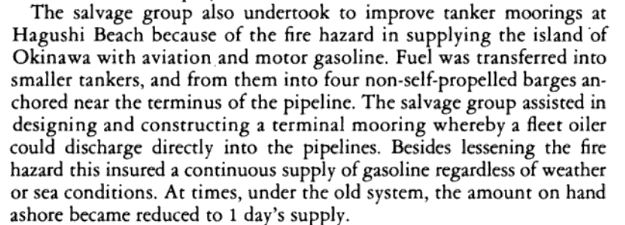
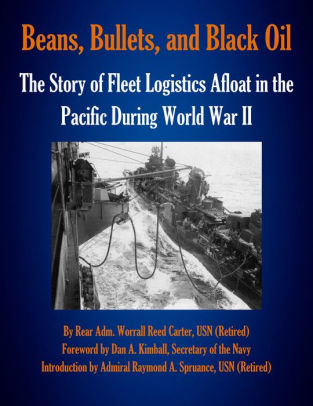
When you look at that text passage, and know the facts of what happened with the wreckage of Lt (jg) A.S. Bazzell's FM-2 Wildcat on 6 Apr 1945, a new and much different meaning emerges.
25/
25/
Given what he may have seen during & after 6 Apr 1945 on the USS El Dorado, this Adm. Morison passage I pointed out in the last Okinawa thread takes on additional meaning.
26/
26/
https://twitter.com/TrentTelenko/status/1379952925561262081
Dialing the time line back to 1946 via the Ike Skelton Library for this:
OPNAV 34—P-0700 Amphibious Operations: Capture of Okinawa (Ryukus operation)
27 March to 21 June 1945
WASHINGTON 25,D.C. 22 JANUARY 1946.
cgsc.contentdm.oclc.org/digital/collec…
We find these [boxed] Easter Eggs:
27/

OPNAV 34—P-0700 Amphibious Operations: Capture of Okinawa (Ryukus operation)
27 March to 21 June 1945
WASHINGTON 25,D.C. 22 JANUARY 1946.
cgsc.contentdm.oclc.org/digital/collec…
We find these [boxed] Easter Eggs:
27/
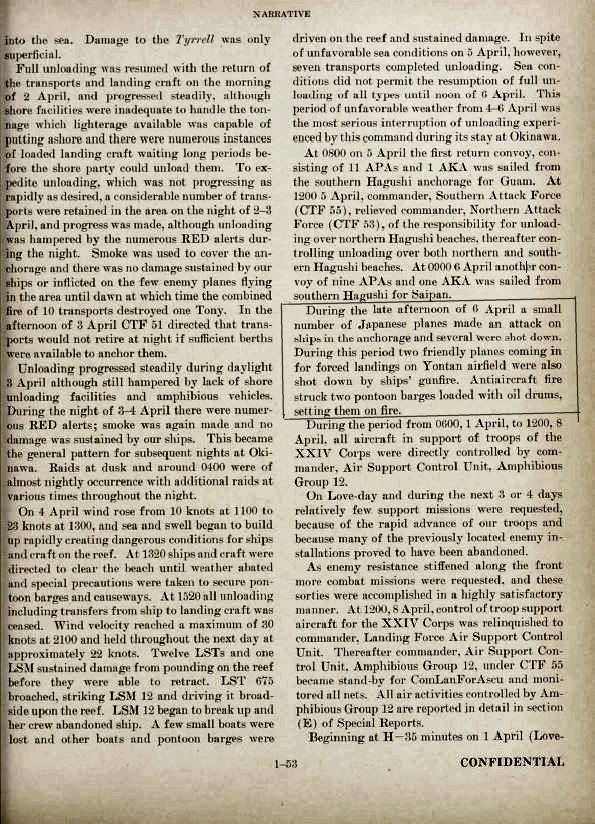
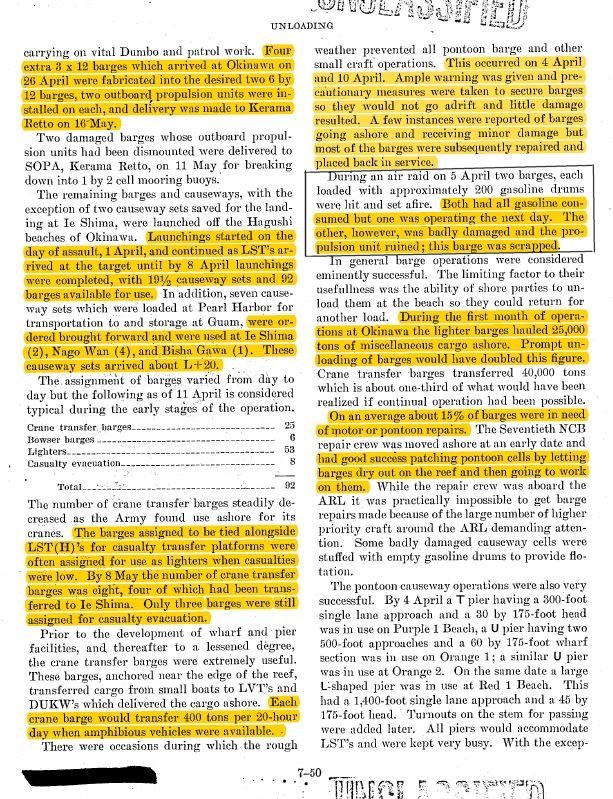
At pg 1-33 in OPNAV 34—P-0700, the US Navy admits two USN fighters were shot down over Hagushi Beach...but the barges were the pontoon type of the USS Pakana narrative, not the YOGL of the Engineer Operations, Okinawa photos. At pg 7-50, the date is 5 Apr 1945.
Wait what?
28/
Wait what?
28/
So, while it took from April to Nov 1945, when OPNAV 34—P-0700 was published, for the US Navy to admit to the 6 Apr 1945 friendly fire incident.
Why the denial of the YOGL sinking's?
The answer is slowed airpower deployment. See the photo clip. 29/
Why the denial of the YOGL sinking's?
The answer is slowed airpower deployment. See the photo clip. 29/
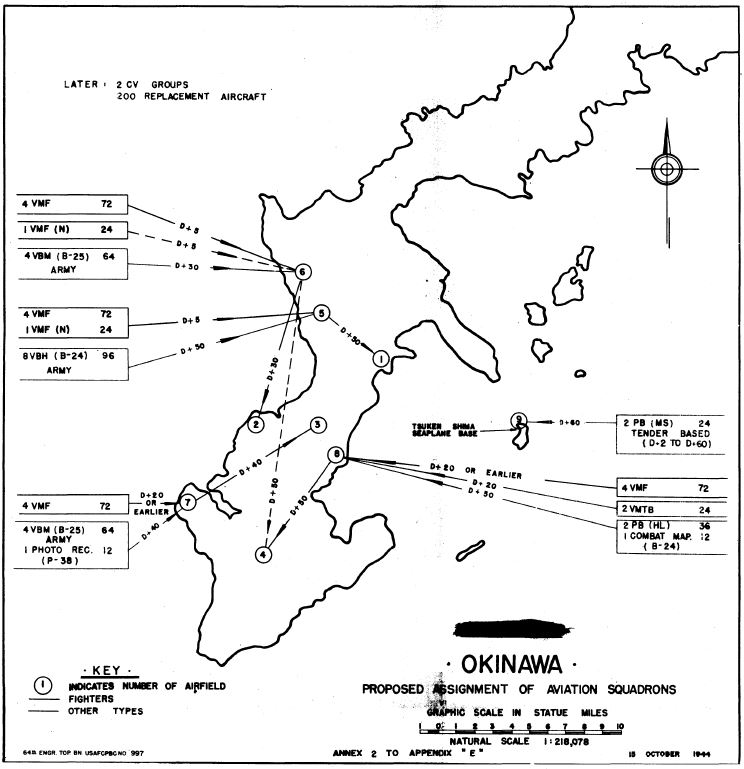
Translated to bar chart form, the CentPac Joint Staff Study ICEBERG Dec 1944 plan was to have 144 day fighters and 48 night fighter operational on 6 April 1945, to be followed by 144 more day fighters and 24 torpedo bombers on 21 April 1945.
30/
30/
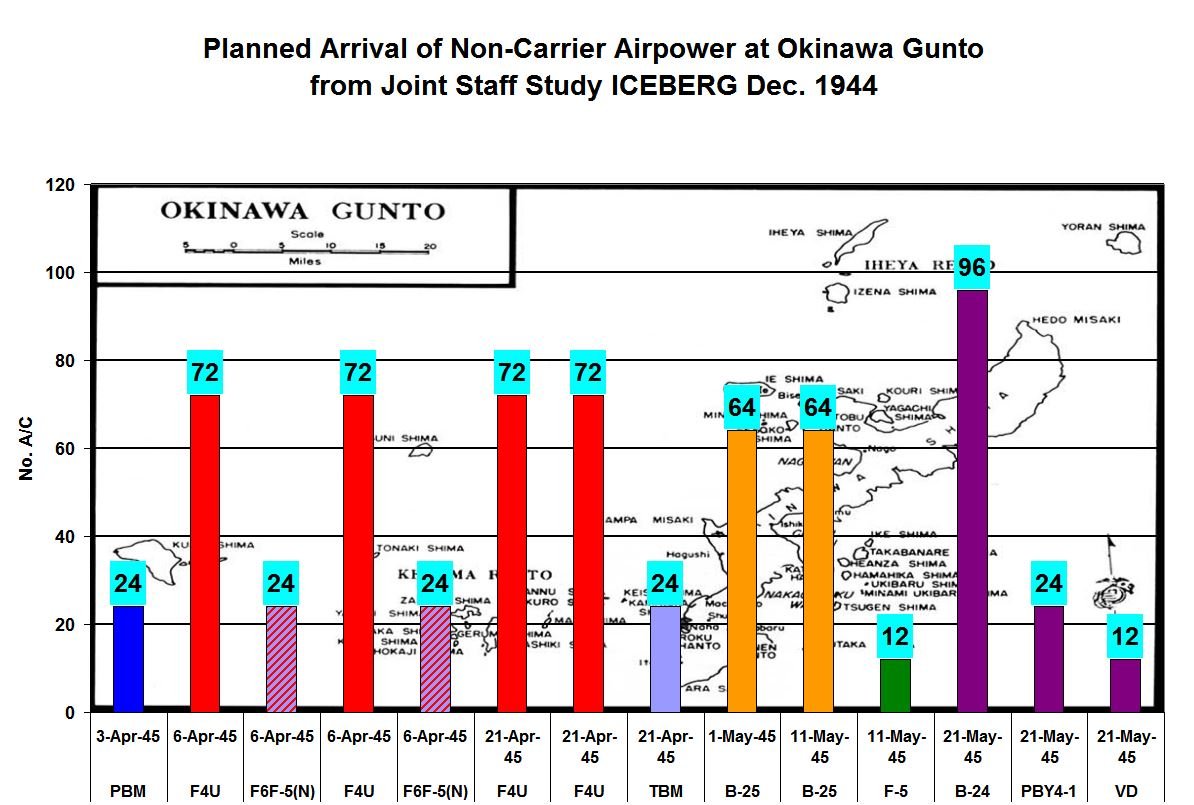
This bar chart shows the actual US Airpower Build Up at Okinawa 29 March - 25 May 1945.
The loss of the YOGL's delayed the initial planned fighter and torpedo bomber squadron deployment & stopped a further fighter build up, cold, between 10 Apr and 12 May 1945.
31/
The loss of the YOGL's delayed the initial planned fighter and torpedo bomber squadron deployment & stopped a further fighter build up, cold, between 10 Apr and 12 May 1945.
31/
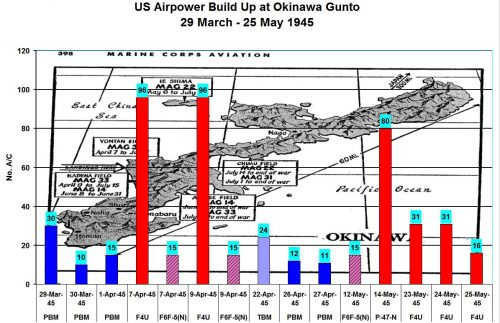
Worse, the avgas fuel situation was crippling for the fighters at Okinawa. The immediate impact was on the deployment of Marine Air Group-33 to Kadena airfield. Rather than landing at on 6 April per the Dec 1944 plan. It arrived 9 Apr 1945.
The reason was simple.
32/
The reason was simple.
32/
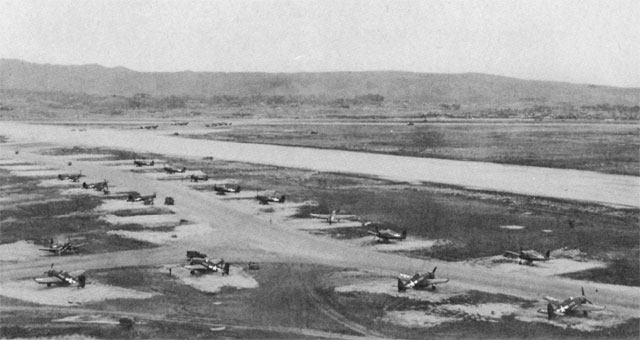
US Navy anti-aircraft fire had blown up the Kadena air field fuel dump!
The destruction of the 55-gallon barrel fuel dump reserve took three days to make right via stevedores at Hagushi Beach prioritizing fuel over much else.
(US Army photo: Route 1 near Kadena)
33/
The destruction of the 55-gallon barrel fuel dump reserve took three days to make right via stevedores at Hagushi Beach prioritizing fuel over much else.
(US Army photo: Route 1 near Kadena)
33/

The logistical strain of aviation gasoline barrel transfer versus the need for YOGL's to deliver bulk aviation gasoline early in an amphibious invasion was summarized in the SWPA via clipped text:
34/
34/

The text clip above highlights the key logistical reality of amphibious operations. There is only so much capacity to get supplies off a ship to a beach. And then off the beach getting supplies into the hands of soldiers who are fighting and engineers who are building...
35/
35/
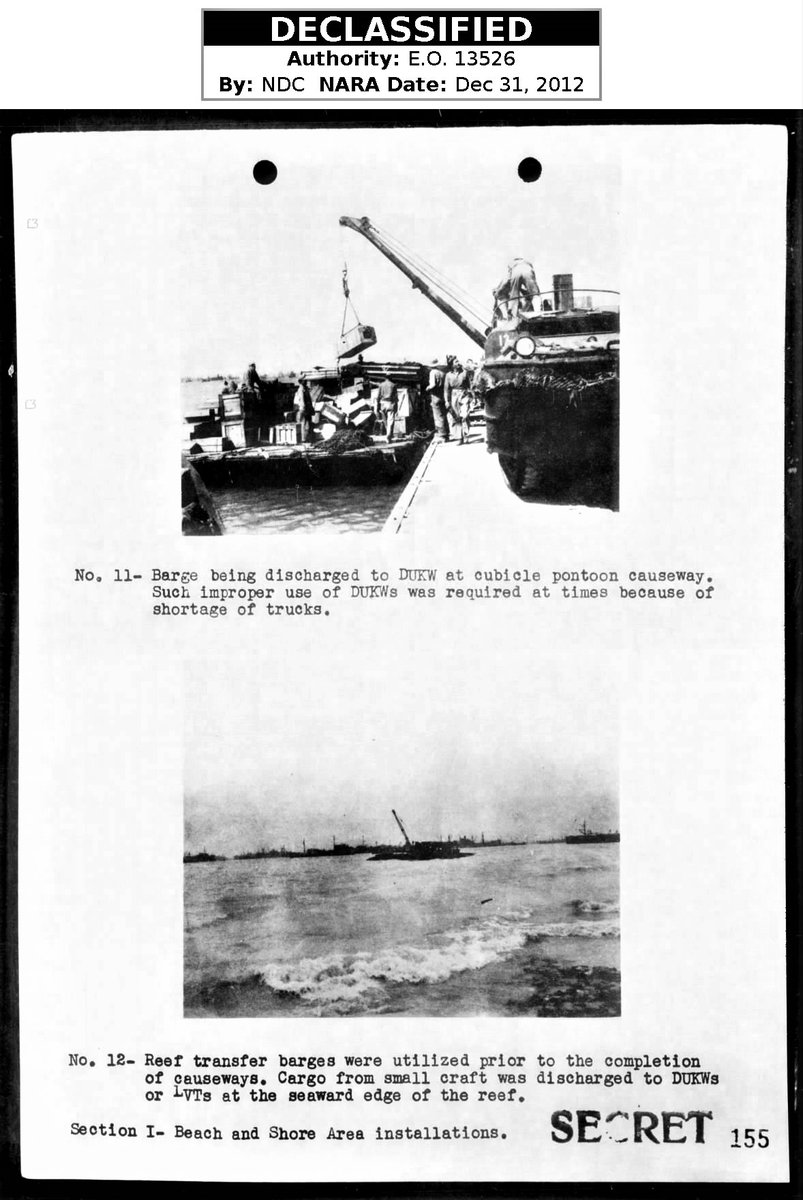
...the bases that are the whole point of the invasion. The sudden increased need to handle 55-gallon barrels of aviation fuel in lieu of YOGL bulk fuel unloading to for the first three weeks of the Okinawa invasion gave the beach clearance for Operation Iceberg a case of...
36/
36/
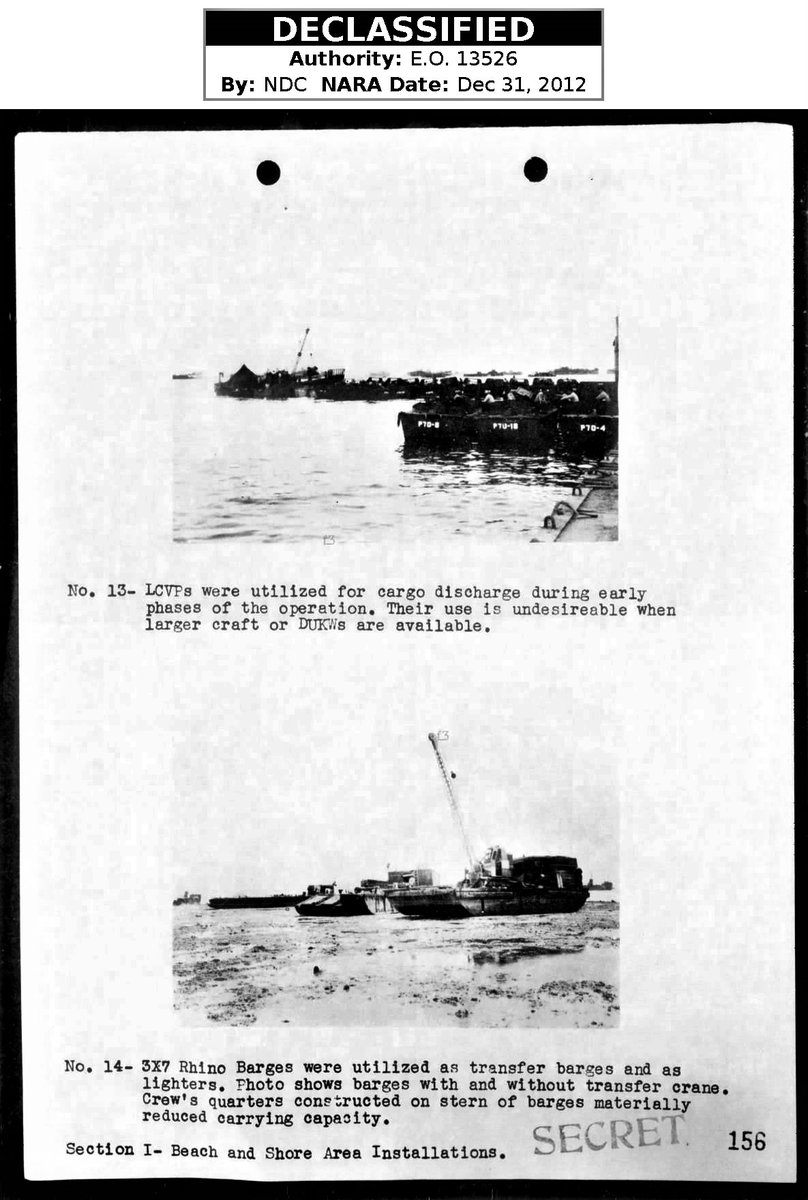
the "slows" for a process that was none to fast to begin with.
The 55-gal drums destroyed at Kadena also had serious 2nd order effects that were documented in the memoirs HELMET FOR MY PILLOW & WITH THE OLD BREED.
37/
The 55-gal drums destroyed at Kadena also had serious 2nd order effects that were documented in the memoirs HELMET FOR MY PILLOW & WITH THE OLD BREED.
37/
Robert Leckie & Eugene Sledge complained, bitterly, that in the late portions of the Okinawa campaign their potable water, wasn't. It was supplied in 55-gallon drums that had been previously used for gasoline.
A couple thousand 55-gal drums to replace those blown up at...
38/

A couple thousand 55-gal drums to replace those blown up at...
38/
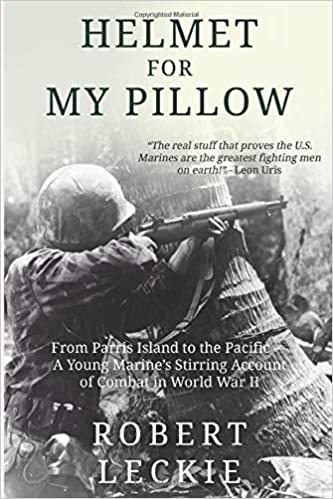
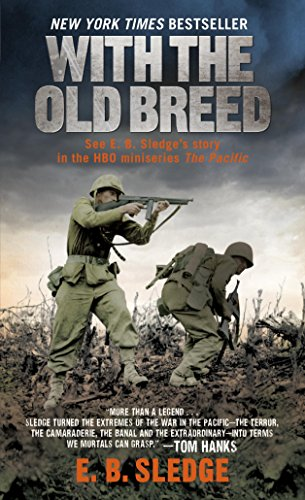
...at Kadena don't grow on Okinawan trees.
USMC 55-gal potable water drums were dumped and filled with avgas to support MAG-33 fighters at Kadena in early April 1945.
39/
USMC 55-gal potable water drums were dumped and filled with avgas to support MAG-33 fighters at Kadena in early April 1945.
39/
The USMC staff officer ultimately responsible for that bit of logistical SNAFU was Brigadier General Oliver P. Smith, who became the Marine Deputy Chief of Staff under Gen Bolivar Buckner.
See photo, right
40/
See photo, right
40/

General Buckner - after the Smith vs Smith affair in the Marianas & having an Army that had a USMC Corps & USMC run Tactical Air Force - decided it was vital politically to have a joint staff.
The 'joint staff' reality was Marines officers handled IIIMAC & TAF-10 logistics,
41/
The 'joint staff' reality was Marines officers handled IIIMAC & TAF-10 logistics,
41/
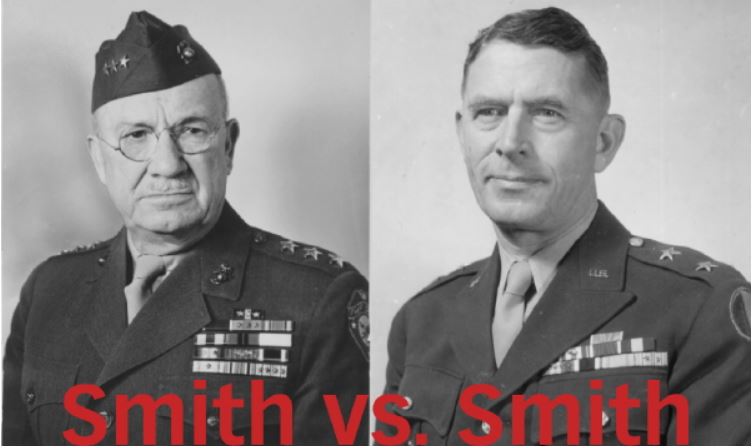
...Army officers handled XXIVth Corps & Island Command logistics, while Navy staffers handled civil engineering for naval facilities.
They all reported to Gen Buckner, but they stayed in their service lanes.
42/
They all reported to Gen Buckner, but they stayed in their service lanes.
42/
This meant the 6 Apr 1945 friendly fire hot potato of Kadena's avgas supply getting strafed by Adm Turner's amphibious shipping landed in Gen Oliver Smith's lap.
And Gen. O. P. Smith simply didn't have the skilled Marine & Navy air power staff in Tenth Army to deal with it.
43/
And Gen. O. P. Smith simply didn't have the skilled Marine & Navy air power staff in Tenth Army to deal with it.
43/

Page 199 of Sharon Tosi Lacey's "Pacific Blitzkrieg: WWII in the Central Pacific" described how Gen. O. P. Smith axed large numbers of USMC & USN officers from Tenth Army Staff thusly:
44/
44/

This action by USMC Gen. O. P. Smith pole axed Tactical AF - Tenth Army staff work for the entirety of the Okinawa campaign.
Case in point from the Tenth Army after action report was of the 16 air section staffers. There were, count them, one each USMC & USN officers.
45/
Case in point from the Tenth Army after action report was of the 16 air section staffers. There were, count them, one each USMC & USN officers.
45/
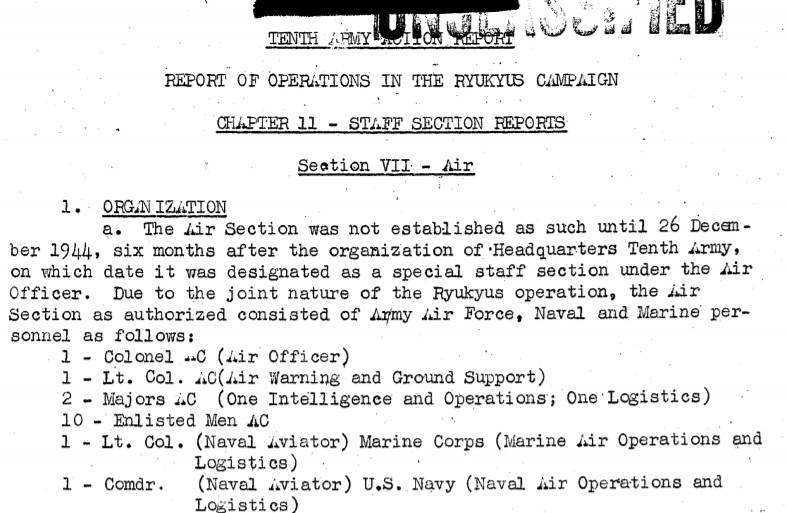
The Tenth Army air staff left this very pointed observation of how Gen. O. P. Smith's actions affected the quality of their work product...
46/
46/

...and early Marine Air Operations at Yontan air strip.
The lack of a dedicated USMC bulldozer for air operations, specifically to make an emergency strip with a dedicated tower radio jeep, was a direct result of Gen O. P. Smith's staff officer purge.
47/

The lack of a dedicated USMC bulldozer for air operations, specifically to make an emergency strip with a dedicated tower radio jeep, was a direct result of Gen O. P. Smith's staff officer purge.
47/
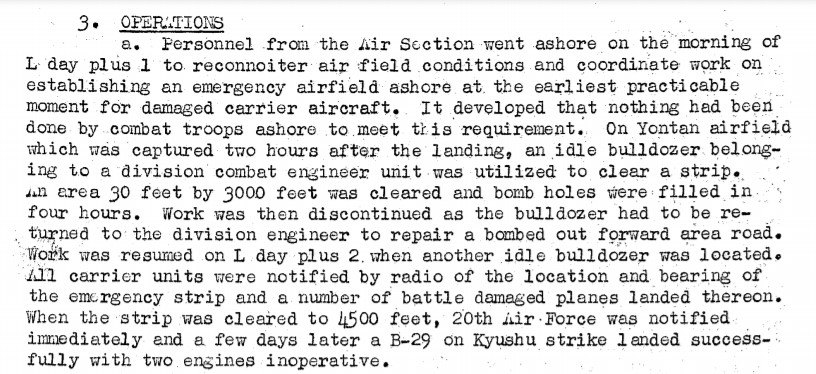
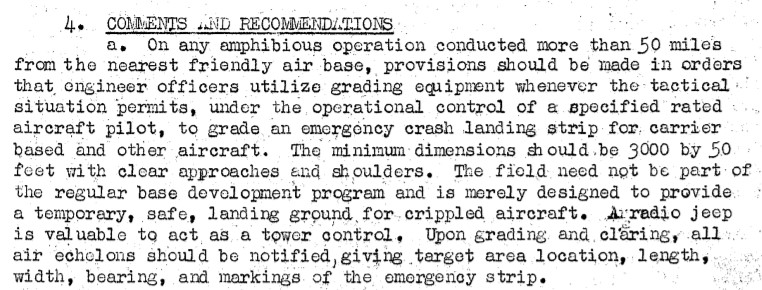
If only due to TAF-10 being stood up six months after the rest of Tenth Army, & being the last in line for staff officers.
There are a lot of good reasons Gen. Oliver P. Smith was mentioned only 3 times in "USMC Operations in WWII Vol V--Victory and Occupation."
48/
There are a lot of good reasons Gen. Oliver P. Smith was mentioned only 3 times in "USMC Operations in WWII Vol V--Victory and Occupation."
48/
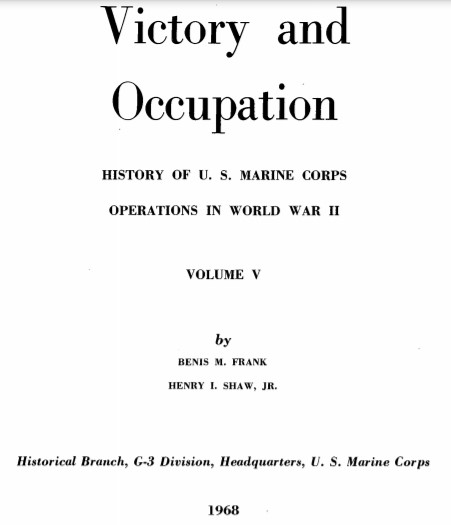
Gen. Oliver P. Smith's actions here bring up an institutional point that assault infantry, which is what US Marines are, tend to be very short term, very focused, thinkers.
If you don't survive the assault, there literally is no tomorrow.
49/
If you don't survive the assault, there literally is no tomorrow.
49/
This leaves US Marine officer professional culture much less able to consider 2nd & 3rd order effects of their immediate combat actions.
The case in point for the 6 April 1945 friendly fire incident was a decision made on the afternoon of the "Love-Day" (1 Apr) landing
50/
The case in point for the 6 April 1945 friendly fire incident was a decision made on the afternoon of the "Love-Day" (1 Apr) landing
50/
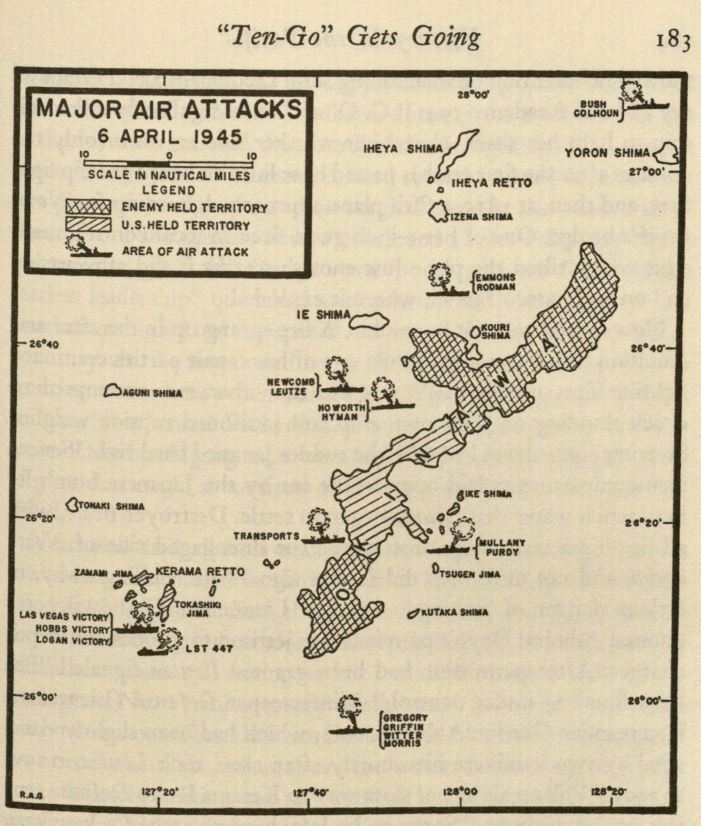
by the commander of the III Marine Amphibious Corps (IIIMAC) General Roy Geiger to charge quickly across Okinawa, given the lack of the expected Iwo Jima-like beachhead defense that aerial photographs of Hagushi beach defenses had lead TF 51 senior officers to expect.
51/
51/

The lightly opposed drive was very successful and by 5 April 1945 the east coast of Okinawa was in American hands.
This put the invasion as a whole 11 days ahead of planned schedule...with a steep price.
52/
This put the invasion as a whole 11 days ahead of planned schedule...with a steep price.
52/
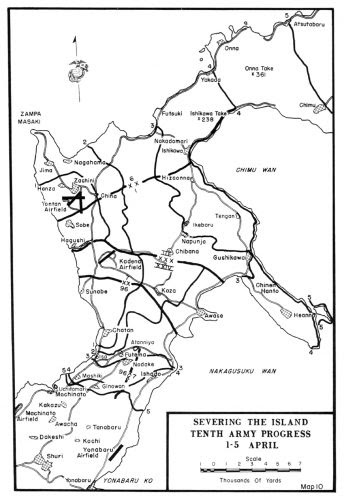
In war, like anything else in life, you don't get something for nothing. There is always a cost in terms of options forgone with any choice made. To move the 1st and 6th Mar Div. near unopposed across Okinawa required the lift of Landing Vehicle Tracked (LVT) and trucks.
53/
53/
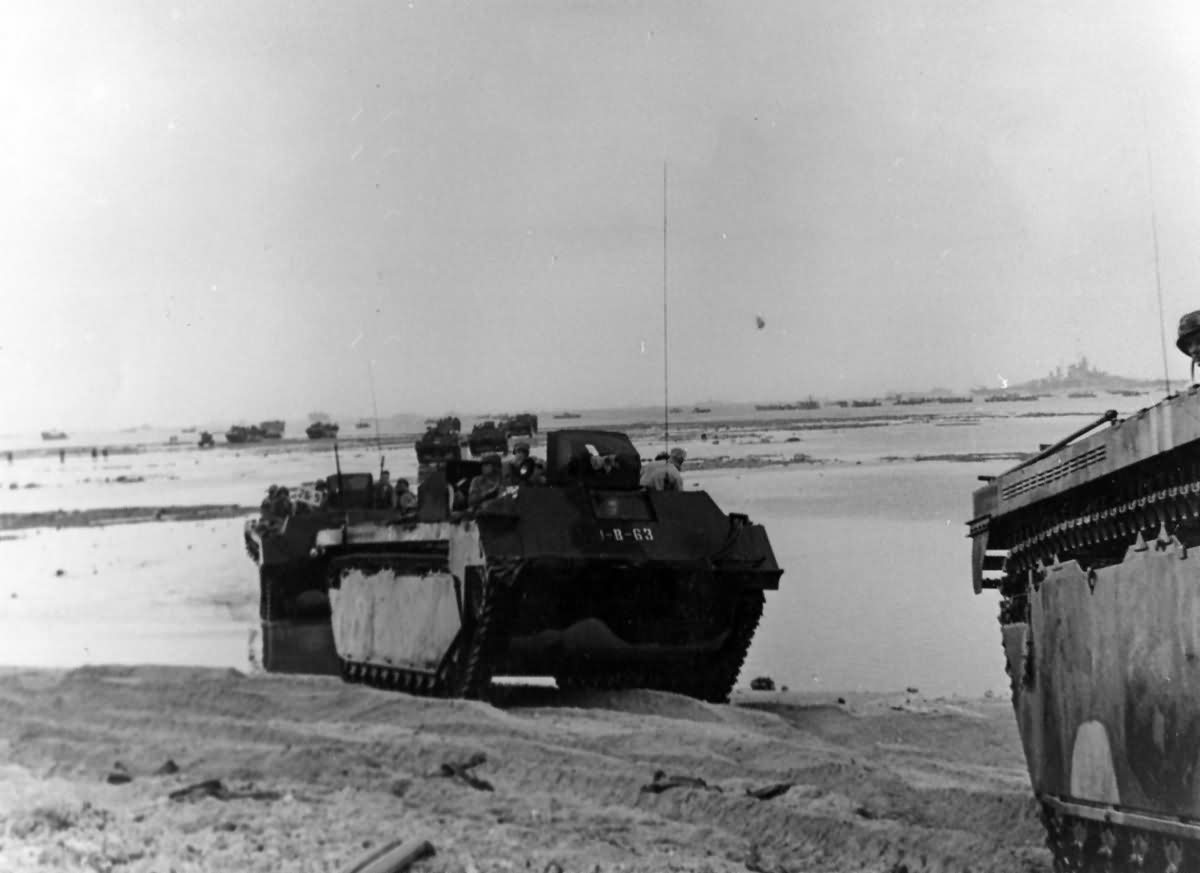
Vehicles which were planned to have been moving supplies from ships to the beach and from the beach to inland depots. As these vehicles moved troops farther away from Haguchi beach, supplies slowly built up on the beach to the point it was obstructing traffic off the beach.
54/
54/
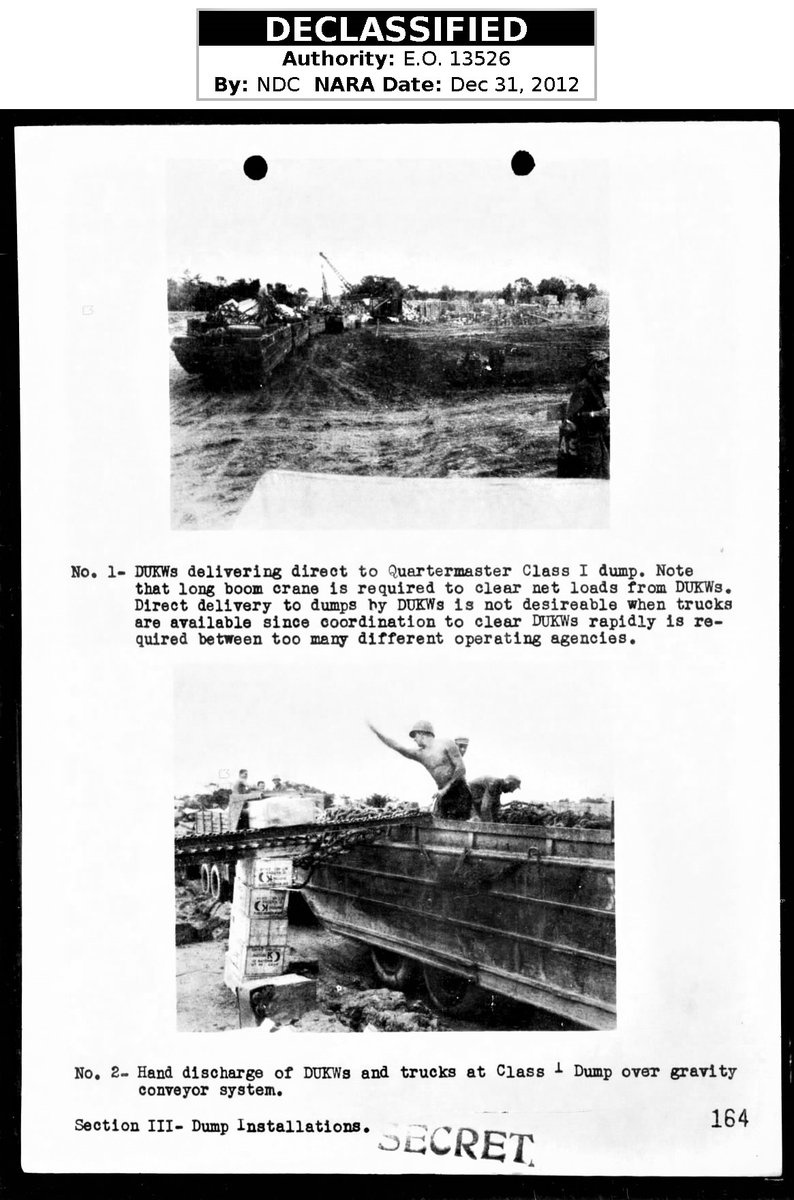
Every bean, bullet or US Marine sent east or north by vehicle meant less coming off the ships and beach by landing vehicles or trucks.
The "logistical bill payers" for this USMC's five day dash were the "IIIMAC's" two Marine anti-aircraft (AA) battalions with radar,
55/
The "logistical bill payers" for this USMC's five day dash were the "IIIMAC's" two Marine anti-aircraft (AA) battalions with radar,
55/
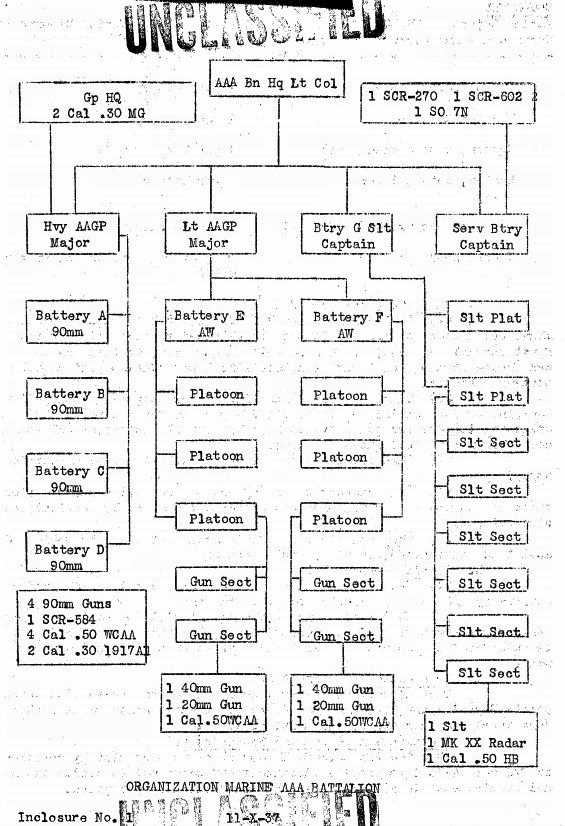
90mm heavy AA guns, search lights, 40mm and 20mm autocannons as well as the radars of the Marine Aircraft Warning Squadron Seven (MAWS-7) to be set up near Point Bolo.
56/


56/
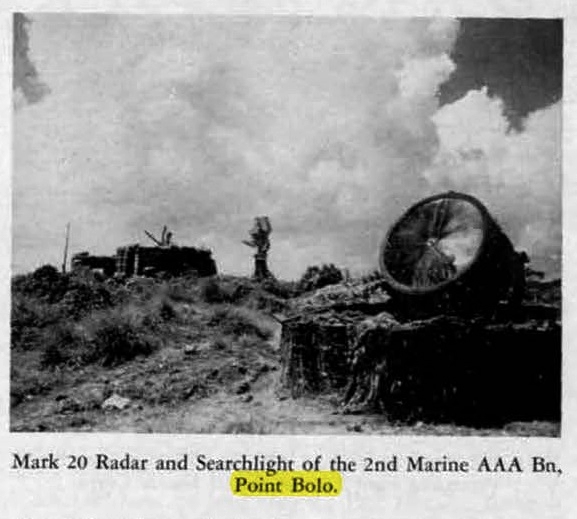
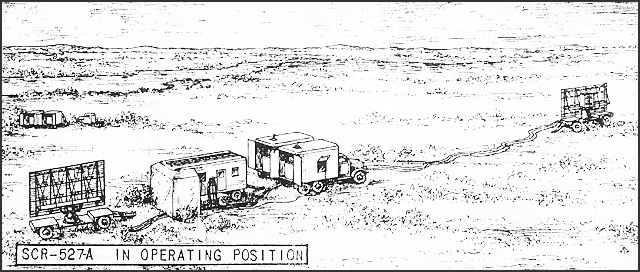
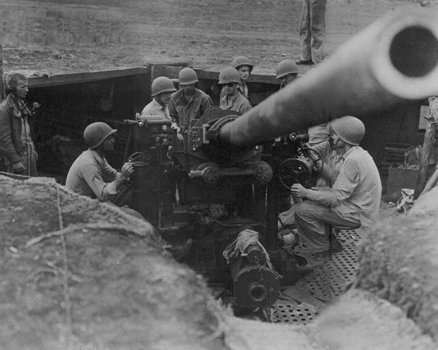
There is doubt that almost every combat leader in the Marine Corps today would make the same decision General Roy Geiger made 1 Apr 1945 that left Yontan, & Adm Turner's shipping, uncovered.
They would not see the 2nd and 3rd order effects of pushing so fast with
57/

They would not see the 2nd and 3rd order effects of pushing so fast with
57/
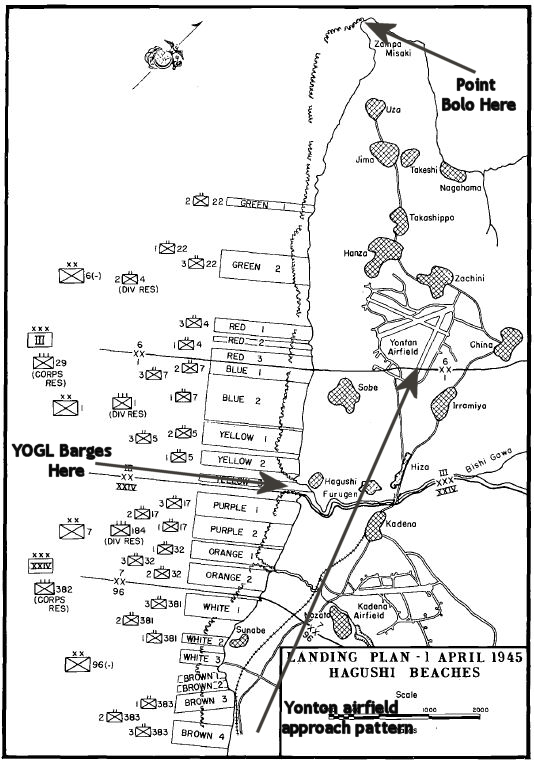
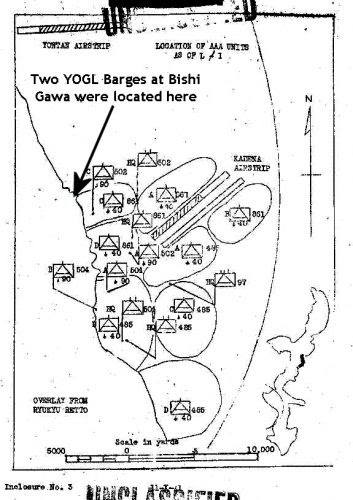
...all available combat power and the risk that is then incurred by amphibious shipping as a result.
The USS Bonhomme Richard catastrophe shows the USN simply does not have the gator hull numbers to make Gen. Geiger's Okinawa mistake again.
58/
The USS Bonhomme Richard catastrophe shows the USN simply does not have the gator hull numbers to make Gen. Geiger's Okinawa mistake again.
58/

For the USMC to be successful in the 21st Century, it must give up the assault infantry mindset and adopt something like the US Army's WW2 amphibious air defense doctrine to cover it's beach head logistics.
59/
59/
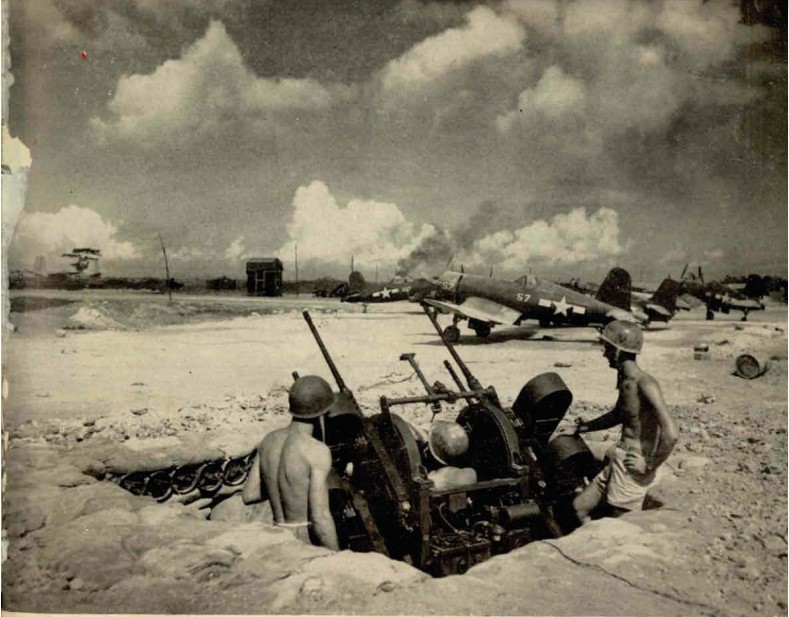
There was a lot of Pacific theater flag rank politics involved in the events leading up to the 6 April 1945 friendly fire incident at Hagushi Beach, Okinawa.
Politics that involved this man, General Robert Charlwood Richardson Jr., the nemesis of US Marines everywhere &
60/
Politics that involved this man, General Robert Charlwood Richardson Jr., the nemesis of US Marines everywhere &
60/
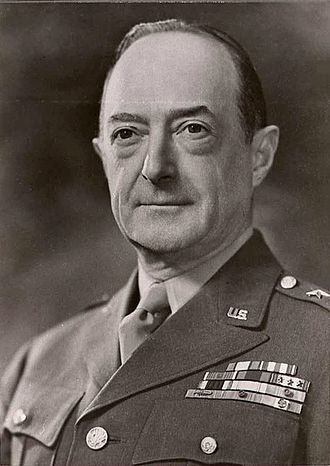
USMC General H. M. "Howling Mad" Smith in particular.
The problem with this historical narrative is the more you look at the issues of dysfunctional joint service beach head air defense going back to Saipan. The more it looks like Times/Life reporter Robert Lee Sherrod
61/
The problem with this historical narrative is the more you look at the issues of dysfunctional joint service beach head air defense going back to Saipan. The more it looks like Times/Life reporter Robert Lee Sherrod
61/
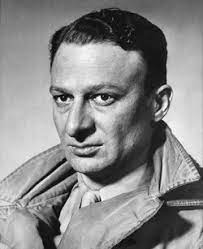
was fed elements of the Smith vs Smith story to muddy the waters around Adm Turner's poor performance at Saipan.
And by poor performance, I mean this:
62/
And by poor performance, I mean this:
62/
https://twitter.com/TrentTelenko/status/1264370674925174785
General Robert C. Richardson was not a man to cross lightly, which is what the USN & Gen Buckner did.
After Buckner & Turner agreed to the invasion force for Operation Iceberg that excluded a 10th Army AA section. Buckner was ordered to put one back in by Richardson.
64/
After Buckner & Turner agreed to the invasion force for Operation Iceberg that excluded a 10th Army AA section. Buckner was ordered to put one back in by Richardson.
64/
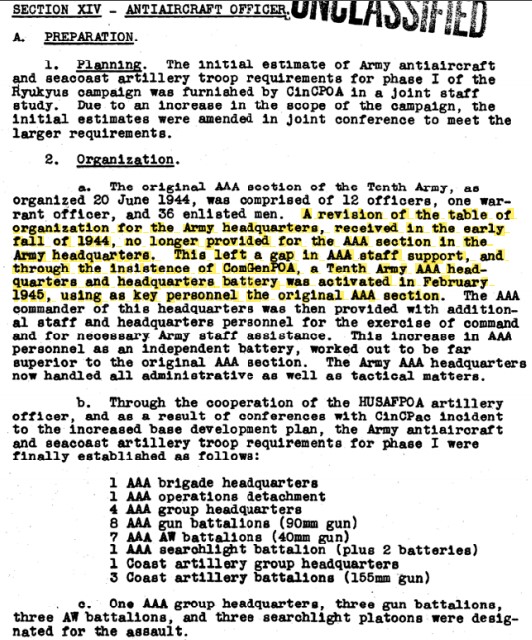
Gen. Richardson did this because he had not one but two very good flag rank Coast/Anti-Aircraft artillery officers.
One of the inside the US Army political "drug deals" General Marshall had to do to get general support from the Army officer corps for his reforms during the
65/
One of the inside the US Army political "drug deals" General Marshall had to do to get general support from the Army officer corps for his reforms during the
65/
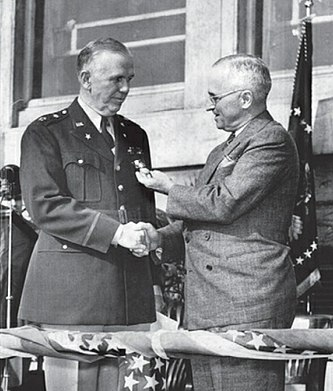
...1940-1943 mobilization was to guarantee the best state side training officers got combat billets in the war. Something that did not happen in WW1. (Ask Ike)
Lt. Gen Simpson of 9th Army was one of those officers who was a US trainer who later commanded a Corps and Army.
66/
Lt. Gen Simpson of 9th Army was one of those officers who was a US trainer who later commanded a Corps and Army.
66/
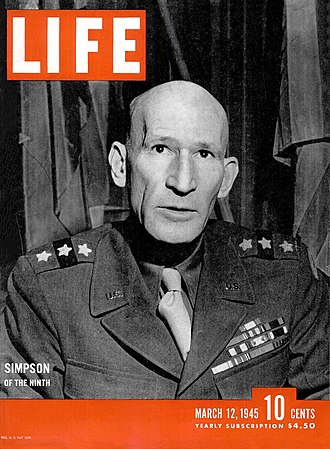
Both the Tenth Army chief anti-aircraft officer (2-star) and the commander of the 53rd Anti-Aircraft Artillery Bgd (1-star) on Okinawa were in that group of state side trainers turned combat flag ranks.
They were both under Gen. Richardson's Hawaiian Anti-Aircraft Command
67/
They were both under Gen. Richardson's Hawaiian Anti-Aircraft Command
67/

...(HAAC) defending Pearl Harbor and training the AA-units deployed to island garrisons across the Pacific.
The HAAC was the equivalent of MacArthur's 14th AA Command under MAJOR GENERAL William F. Marquat See: en.wikipedia.org/wiki/William_F…
68/
The HAAC was the equivalent of MacArthur's 14th AA Command under MAJOR GENERAL William F. Marquat See: en.wikipedia.org/wiki/William_F…
68/
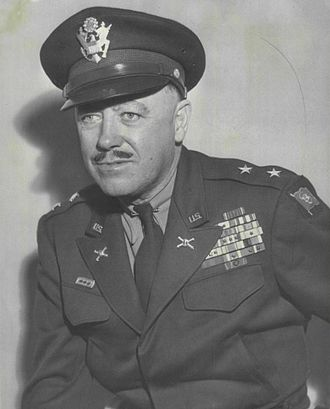
The US Army in the Pacific talked to each other a lot and compared notes on the Navy's amphibious doctrine vice Europe.
This meant both men going into Okinawa knew everything the US Navy was up to in the Pacific and were utterly prepared for Admiral Turner's fun and games.
69/
This meant both men going into Okinawa knew everything the US Navy was up to in the Pacific and were utterly prepared for Admiral Turner's fun and games.
69/

Gen. Buckner gave both Richardson's flag rank AA officers the cold shoulder by keeping Air & AA sections in his HQ separate, violating ETO, MTO & SWPA Air Force-AA organizational protocol while catering to the US Navy & Admiral Turner in particular.
70/
70/

When Turner's land and sea radar network failed on 6 & 12 Apr 1945. Chief AA officer Brig. Gen. C. S. Harris had 18 SCR-268 search light radars from Guam to cover southern Okinawa on 26 Apr so USMC radar units around Point Bolo could displace to the northern tip of Okinawa.
71/
71/

Brig Gen Morris C Handwerk is more remembered for his role in the General Yamashita war crimes trial than as 53rd AAA Bgd commander.
But he other senior Army AA officers stopped indiscriminate Army fire dead by taking Army non-AA machine gun fire by force.
72/
But he other senior Army AA officers stopped indiscriminate Army fire dead by taking Army non-AA machine gun fire by force.
72/
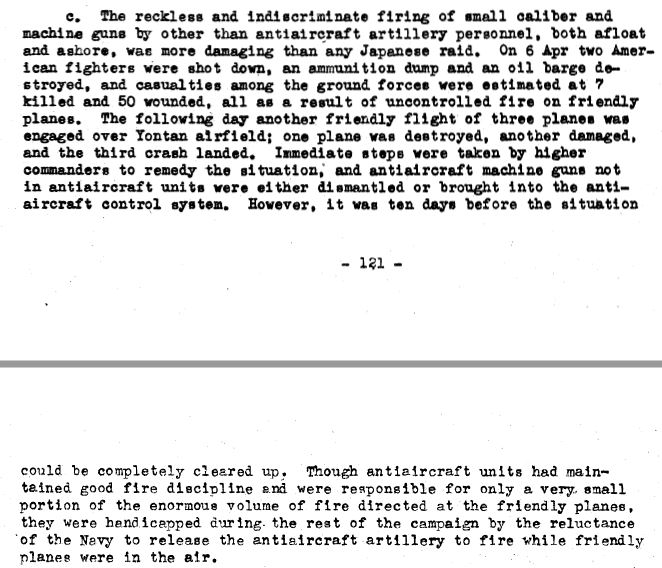
While this did not stop US Navy 20mm gunners from blazing away at anything that flew up to 25,000 feet, and incidentally, letting you read USMC fighter numbers at night by the light of tracer fire at Yontan air field.
73/

73/
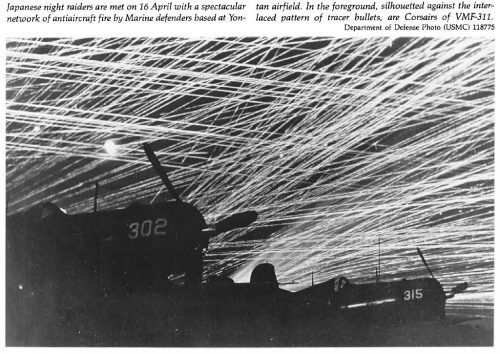

It let Handwerk face down Adm. Turner on the USS El Dorado after a 20 April raid where seven Japanese planes followed USMC fighters into Yontan & Kadena.
Adm. Turner didn't bother to issue open orders to let the Army and Marine AA units defending both air fields.
74/
Adm. Turner didn't bother to issue open orders to let the Army and Marine AA units defending both air fields.
74/
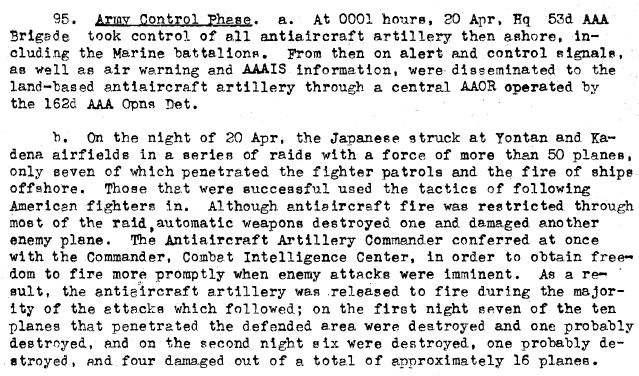
Between the two AA generals, they got Adm Turner to stop micromanaging US Army and subordinate Marine AA units. Wonder of wonders, Turner said nice things about the professionalism of US Army AA units at Okinawa after blaming them for the friendly fire incident on 6 Apr 1945.
75/
75/
The fact that anyone in a US Army uniform in Tenth Army would face down Adm. Turner on anything -- let alone the same integrated air defense screw up that got battleship USS Maryland a torpedo in the bow at Guam -- must have been a huge shock to Turner & his USN Staff.
76/
76/
Between the fall 1944 and Apr 1945 Gen. Buckner & his Tenth Army staff had earned a reputation for bending over backwards to be accommodating to the USN & USMC at the price of traditional Army/Army AF prerogatives.
This was the price Bucker was willing to pay for command.
/77
This was the price Bucker was willing to pay for command.
/77
That reputation in USN institutional histories was described as Buckner being "Joint" to put "Smith vs Smith" in the past.
US Army officers outside Tenth Army saw this as stabbing his service in the back.
What was really going on was a classic Patron-Client relationship.
/78
US Army officers outside Tenth Army saw this as stabbing his service in the back.
What was really going on was a classic Patron-Client relationship.
/78

While Army CoS Gen. Marshall was happy the Smith vs Smith affair was off his table. Marshall was focused on the "Real War" with Germany, not the Pacific 'side show.'
Effectively Buckner had traded any US Army patrons for USN ones in CENTPAC.
79/
Effectively Buckner had traded any US Army patrons for USN ones in CENTPAC.
79/
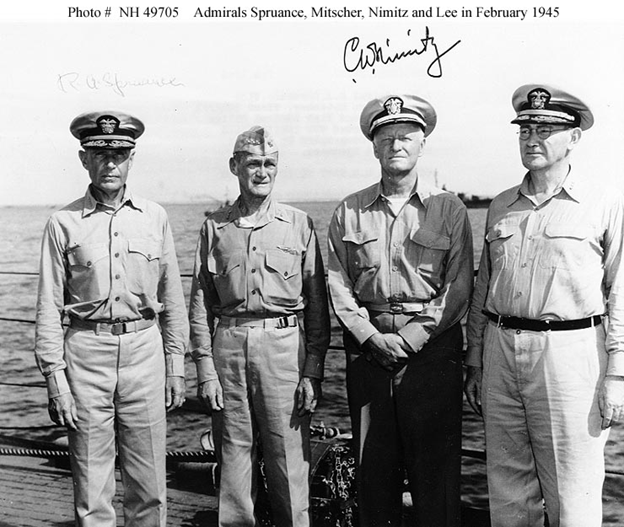
Buckner's new patrons made sure to make out that reports of his pro-Navy "Flexibility" was just sour grapes by General's MacArthur & Richardson in their institutional histories.
One very highly placed Marine, Gen. Vernon Edgar Megee, begged to differ in his oral histories.
80/
One very highly placed Marine, Gen. Vernon Edgar Megee, begged to differ in his oral histories.
80/
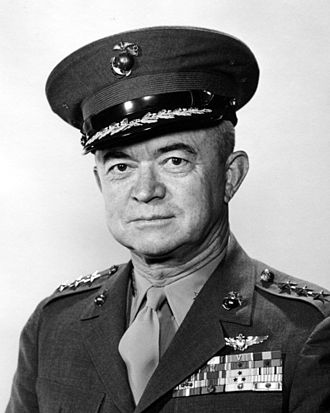
...after WW2.
Then Colonel Megee was "Mr. Marine Close Air Support" at Iwo Jima & Okinawa. He, like most WW2 marines, simply did not like "Terrible Turner."
It showed in the attached text clips recorded when he was Bg. Gen. & described his reporting to Tenth Army
81/

Then Colonel Megee was "Mr. Marine Close Air Support" at Iwo Jima & Okinawa. He, like most WW2 marines, simply did not like "Terrible Turner."
It showed in the attached text clips recorded when he was Bg. Gen. & described his reporting to Tenth Army
81/
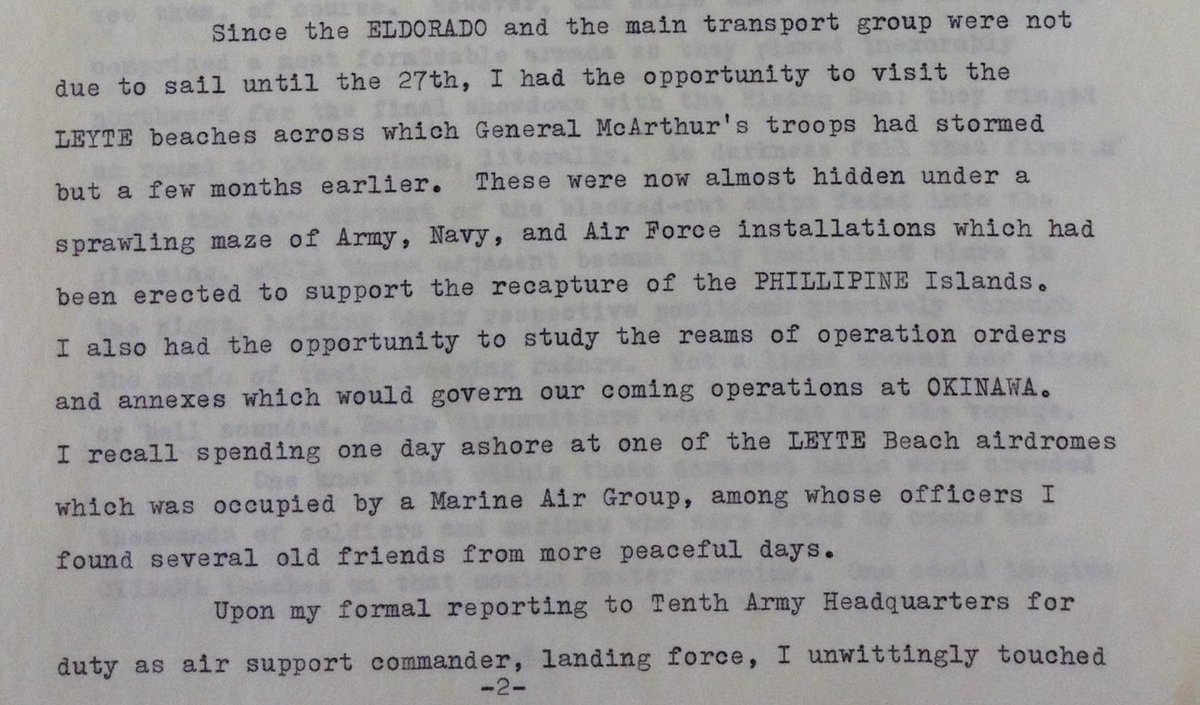

...at Leyte.
The indulgence of Adm. Turner, & his air staff officer Capt. Dick Whitehead, by Adm. Nimitz, Gen. Buckner and USMC Gen Patrick Mulcahy (photo) over a matter of inane protocol ate all the time MeGee had to exercise his CAS control system with the units involved
82/
The indulgence of Adm. Turner, & his air staff officer Capt. Dick Whitehead, by Adm. Nimitz, Gen. Buckner and USMC Gen Patrick Mulcahy (photo) over a matter of inane protocol ate all the time MeGee had to exercise his CAS control system with the units involved
82/
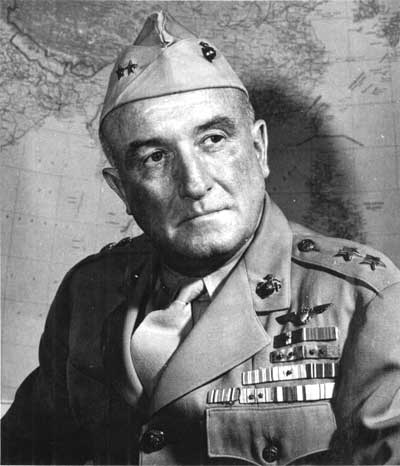
This is MeGee's Landing Force Air Support Control radio network that he used at Iwo Jima & Okinawa. It was extensive in both size & bandwidth.
The failure to practice it with Tenth Army air & ground units before the invasion voided the last opportunity to detect & correct
83/
The failure to practice it with Tenth Army air & ground units before the invasion voided the last opportunity to detect & correct
83/

...the quartz oscillator crystal staff mistake by General O. P. Smith I mentioned in this 17 Apr 2021 tweet thread below:
84/
84/
https://twitter.com/TrentTelenko/status/1383573519468953603
This latest edition to this thread underlines a point about history.
History is a process leading up to an event.
It isn't one damned unconnected thing after another.
85/
History is a process leading up to an event.
It isn't one damned unconnected thing after another.
85/
The 6 Apr 1945 friendly fire & the radio communications disasters were both the results of a process involving the interactions of individual decisions, institutional imperatives and physical limitations of the equipment.
That we are unaware of it...
86/
That we are unaware of it...
86/
...for so long is because institutional histories need to be looked at as special legal pleadings by lawyers for a professional athlete trying to avoid a DNA test in a paternity case.
This is why "Victory has many fathers. And defeat is an orphan."
87/
This is why "Victory has many fathers. And defeat is an orphan."
87/
The fathers of victory have press agents trumpeting the process they were involved in to make it so.
The fathers of the process leading to defeat are politicians and flag ranks (over lapping set!) trying to avoid getting tagged as the dead beat dad.
88/
The fathers of the process leading to defeat are politicians and flag ranks (over lapping set!) trying to avoid getting tagged as the dead beat dad.
88/
So far in this thread I've laid out the 6 Apr 1945 friendly fire event, its results, individuals & their decisions plus the institutions & their incentives leading to it.
It is time now to look forward from the event to its cover up over the decades.
89/
It is time now to look forward from the event to its cover up over the decades.
89/
What the 2004 friendly fire death of Patrick Daniel Tillman provided for 6 Apr 1945 is a template of how friendly fire events are covered up. (See wiki clip)
Documents & incriminating personal effects are destroyed, servicemen are told to lie about events & facts distorted.
90/
Documents & incriminating personal effects are destroyed, servicemen are told to lie about events & facts distorted.
90/

Is there a similar pattern in USN documents for 6 Apr 1945? Well, yes. The USS El Dorado & USS Panamint mentioned up thread are two. There are a lot more. Between 1990 & 1995 was the golden age for the tabulating USN ship friendly fire in WW2.
List for 4-6-45 attached.
91/
List for 4-6-45 attached.
91/
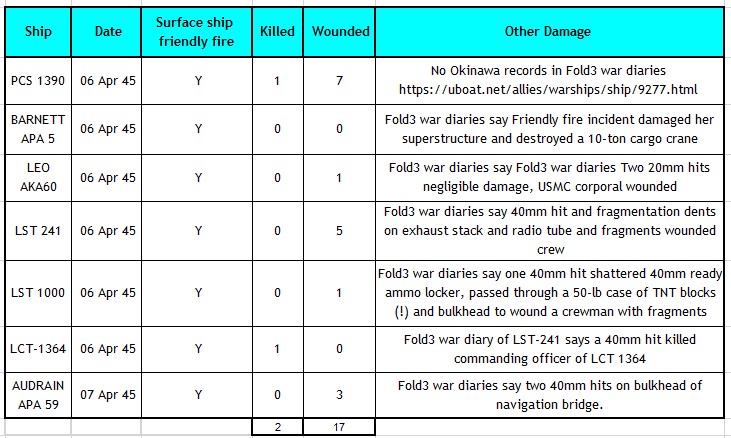
Eleanor D Gauker, & Christopher G. Blood published 2 reports and a Naval War College Review article on ship-to-ship friendly fire in WW2.
The spread sheet incident data in the last tweet is from their "Amicide At Sea" report (link)
ibiblio.org/hyperwar/NHC/A…
92/
The spread sheet incident data in the last tweet is from their "Amicide At Sea" report (link)
ibiblio.org/hyperwar/NHC/A…
92/
The dead & wounded count of 2 dead and 17 wounded on the seven ships & craft came from Fold3.com war diaries plus Uboat.net.
USS PCS-1390, which had casualties, did not have a war diary at all. That is why I had to use uboat.net.
93/
USS PCS-1390, which had casualties, did not have a war diary at all. That is why I had to use uboat.net.
93/
UBoat.net had a web page populated with personal communications from the crew on the 6 Apr 1945 friendly fire incident.
This lack of a war diary is one of the "consistent record inconsistencies" the Tilliman cover up template gives us.
uboat.net/allies/warship…
94/
This lack of a war diary is one of the "consistent record inconsistencies" the Tilliman cover up template gives us.
uboat.net/allies/warship…
94/
It is the sinking of the "YOGL" gasoline barges on April 6th, that I am running into a consistent pattern of Tillman-like missing US Navy records.
These missing records have erased the tabular record of movements for two YOGL's I think were lost on 6 April 1945
95/
These missing records have erased the tabular record of movements for two YOGL's I think were lost on 6 April 1945
95/
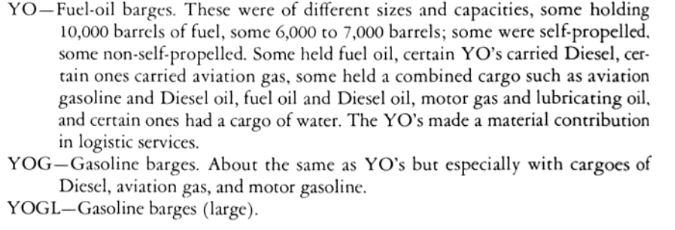
I tracked every YOGL in the COMSERVRON TEN (Service Squadron Ten) between its Oct 44 & Aug 45 reports & found that 20 & 21 had "left" the USN historical record in Hawaii and Eniwetok.
Additionally other records said no YOGL arrived at Okinawa before 21 April 1945!
96/

Additionally other records said no YOGL arrived at Okinawa before 21 April 1945!
96/
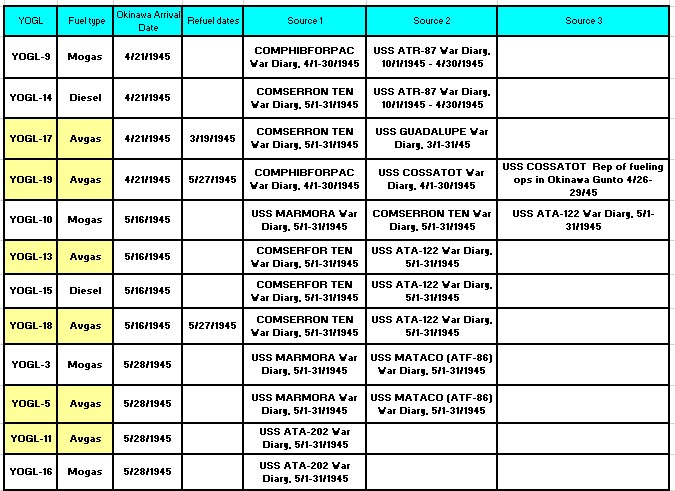
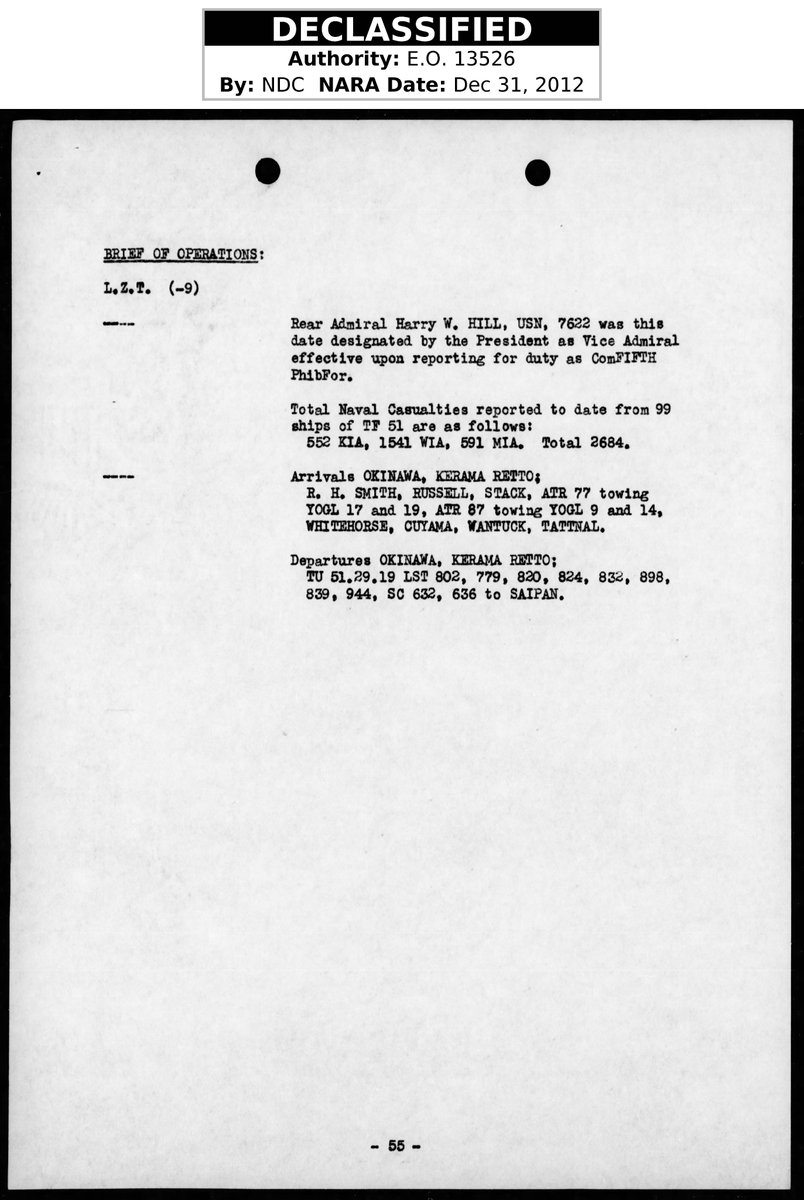
Yet there are US Army Engineer pictures of the YOGL gasoline barges, with pipeline infrastructure they built, giving a time hack between 1 & 9 April 1945 in a Aug 1945 US Army report.
97/

97/
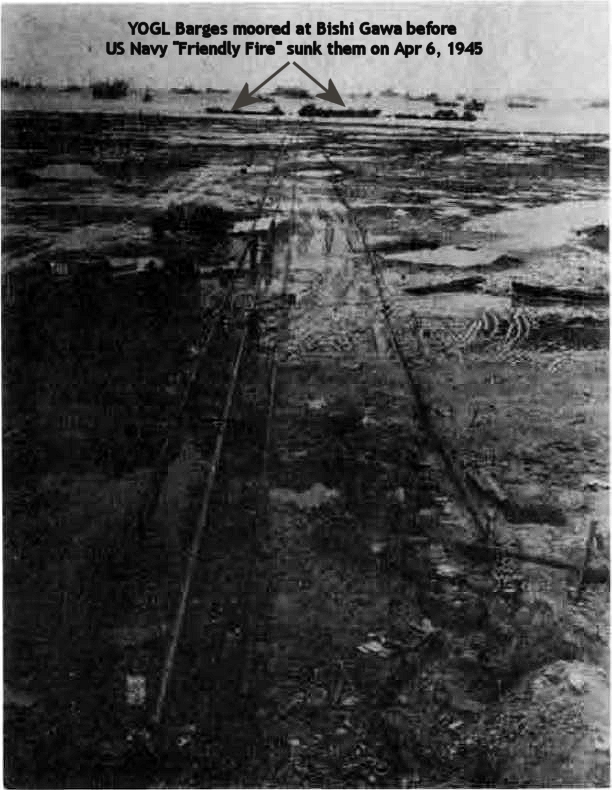

Eyewitness reports in USN war diaries of USS LST-241 and USS Epping Forest’s (LSD-4) that identify the barge destroyed on 6 April 1945 as a "gasoline barge" (YOGL) and not pontoon lighterage.
98/


98/
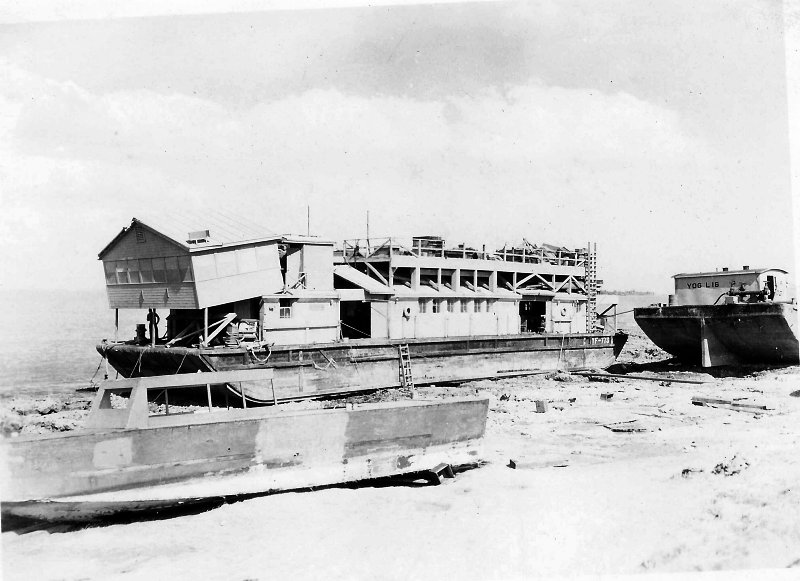


Since the LST's delivered these See Bee pontoon units to Okinawa to build both lighterage & causeways.
LST officers knew better than anyone else what they were, AKA they would not call them gasoline barges.
Pontoon's were moved by LST's and YOGL's were towed by tugs.
99/

LST officers knew better than anyone else what they were, AKA they would not call them gasoline barges.
Pontoon's were moved by LST's and YOGL's were towed by tugs.
99/

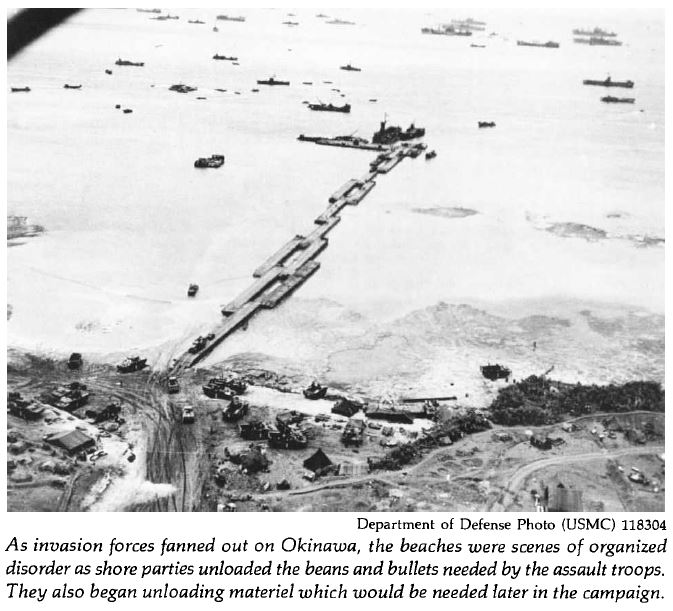
This brings up yet one more missing set of YOGL files.
The war diaries for one of the tugs in one of the YOGL towing groups to Okinawa, USS ATR-77 (see attached photo & link), is missing from Fold3.com.
100/
navsource.org/archives/09/40…
The war diaries for one of the tugs in one of the YOGL towing groups to Okinawa, USS ATR-77 (see attached photo & link), is missing from Fold3.com.
100/
navsource.org/archives/09/40…

Fold3.com got all of it's WW2 Navy war diaries from a US Navy microfilm in 2012 & transcribed by them on PDF & JPG form for their on-line service.
Missing records for a USN ship represents a war diary not placed in the microfilm. While absence of evidence...
101/
Missing records for a USN ship represents a war diary not placed in the microfilm. While absence of evidence...
101/
...isn't evidence of absence.
An ocean tug towing group in convoys to Okinawa usually had two tugs each pulling a pair of YOGL barges similar to the standard commercial barge in this photo with a small harbor tug.
102/
An ocean tug towing group in convoys to Okinawa usually had two tugs each pulling a pair of YOGL barges similar to the standard commercial barge in this photo with a small harbor tug.
102/

US Navy tug USS ATR-77 was in the war dairies of the _other tug_ in the convoy as well as an escort.
Photo of ATR-77 washing down IJNS Nagato after Japanese surrender.
103/
Photo of ATR-77 washing down IJNS Nagato after Japanese surrender.
103/
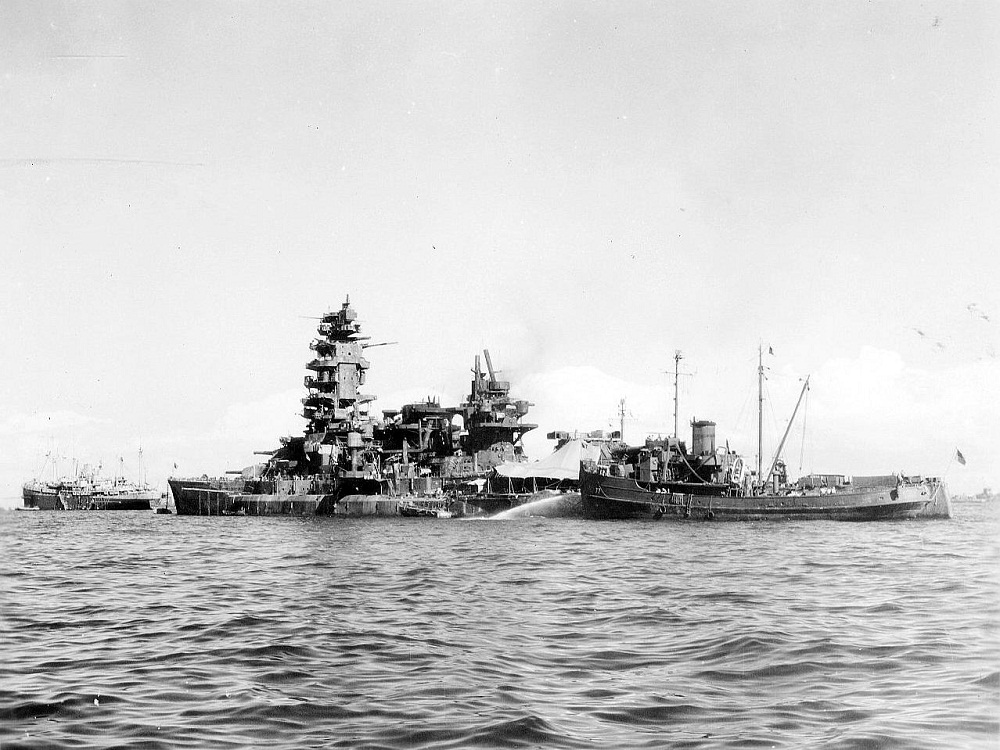
FOLD3.com war diaries of West Pacific convoys in the Oct 44-Aug 45 period also mention US Army and merchant crewed War Shipping Administration tugs towing barges.
These vessels would not have left US Navy war diaries to find in https://t.co/0kKWoK5wV0.
104/
These vessels would not have left US Navy war diaries to find in https://t.co/0kKWoK5wV0.
104/

Yet until Oct 1944 COMSERVRON 10's records made for pretty easy tracking of YOGL records of movement.
Then, suddenly, it didn't. And COMSERVRON 10's war history says (paraphrase) 'We lost track of them and we are not going to run one down for this history.' Its suspicious.
105/
Then, suddenly, it didn't. And COMSERVRON 10's war history says (paraphrase) 'We lost track of them and we are not going to run one down for this history.' Its suspicious.
105/
There are ways to cross check COMSERVRON 10 war diaries.
In June 1945, Admiral Nimitz's Central Pacific theater pulled together a systematic census of the advanced bases where, men, materials and movable infrastructure could be relocated to support the invasion of Japan.
106/
In June 1945, Admiral Nimitz's Central Pacific theater pulled together a systematic census of the advanced bases where, men, materials and movable infrastructure could be relocated to support the invasion of Japan.
106/

You can find a PDF copy of this report on-line at the Ike Skelton Combined Arms Research Library Digital Library.
Base facilities summary: advance bases, Central Pacific Area, 30 June, 1945.
cgsc.contentdm.oclc.org/digital/collec…
107/
Base facilities summary: advance bases, Central Pacific Area, 30 June, 1945.
cgsc.contentdm.oclc.org/digital/collec…
107/
Besides its usefulness for cross-checking, the introduction is valuable alone.
How many Pacific histories have captured that the USN CV groups planned to abandon Ulithi as a forward staging base & retreat to Eniwetok between Aug & Oct 1945 due to the Kamikaze campaign?
108/

How many Pacific histories have captured that the USN CV groups planned to abandon Ulithi as a forward staging base & retreat to Eniwetok between Aug & Oct 1945 due to the Kamikaze campaign?
108/
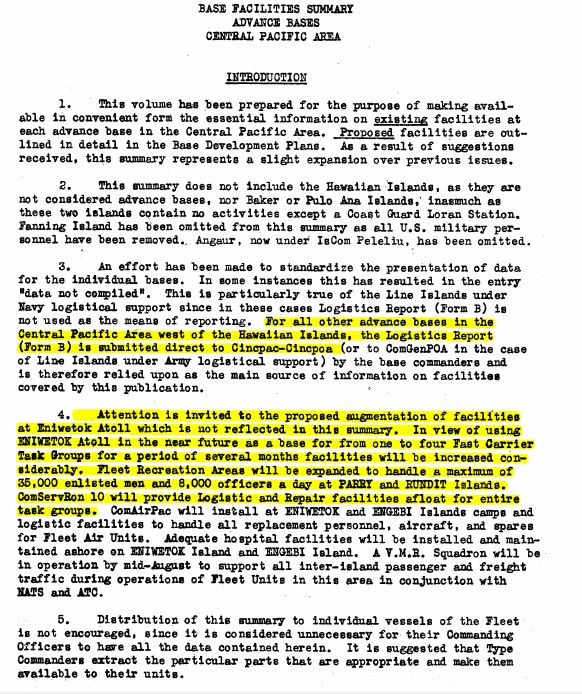
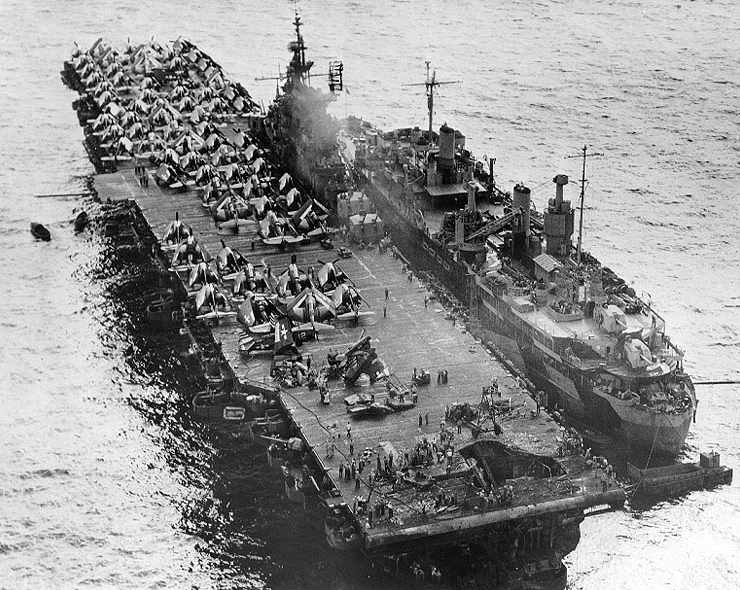
Because of all the information in the report "Base facilities summary: advance bases, Central Pacific Area, 30 June, 1945," it requires two tables of content. One ToC is for the islands bases covered & a 2nd for what is on them.
Para #9 is for lighterage & fuel tanks etc.
109/

Para #9 is for lighterage & fuel tanks etc.
109/
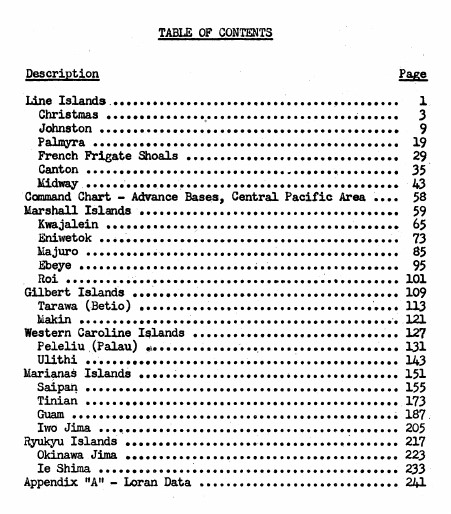

In June 1945, Kwajalein was not under COMSERVRON 10. It will be our baseline for comparison.
You see Cincpac Logistic Report (Form B) is now calling pontoon lighterage as 'barges' or "tugs" & YOGL barges are now listed as "Floating Storage Eqt" as compared to tweets 22/,
110/
You see Cincpac Logistic Report (Form B) is now calling pontoon lighterage as 'barges' or "tugs" & YOGL barges are now listed as "Floating Storage Eqt" as compared to tweets 22/,
110/
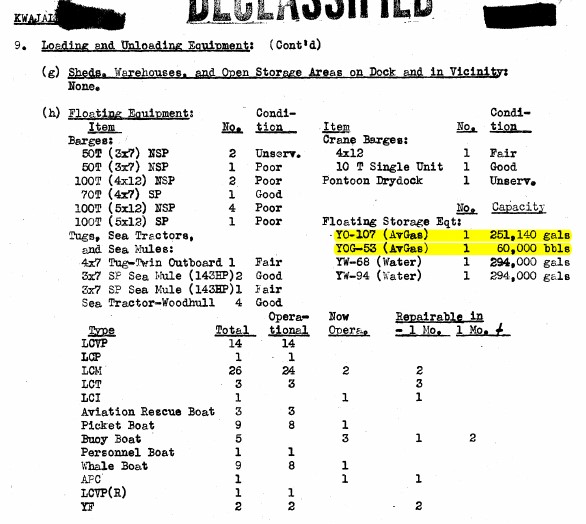
24/, and 95/ in this thread.
Then it gets even more interesting when you look at the "Floating Storage Eqt" for Ie Shima & Okinawa attached below.
There are only four YOGL between the two bases and none were given numbers.
111/

Then it gets even more interesting when you look at the "Floating Storage Eqt" for Ie Shima & Okinawa attached below.
There are only four YOGL between the two bases and none were given numbers.
111/


If you recall the spread sheet in tweet 96/ of this thread. There were twelve 5,000 barrel YOGL towed to Okinawa by 28 May 1945.
Now "Base facilities summary: advance bases, Central Pacific Area, 30 June, 1945" say there are only _FOUR_ at Ie Shima & _NONE_ at Okinawa.
112/
Now "Base facilities summary: advance bases, Central Pacific Area, 30 June, 1945" say there are only _FOUR_ at Ie Shima & _NONE_ at Okinawa.
112/
It makes no sense...
...unless you were trying very hard to confuse & cover-up how many YOGL there were in the Iceberg Operation.
Which is the only thing that does make sense.
113/
...unless you were trying very hard to confuse & cover-up how many YOGL there were in the Iceberg Operation.
Which is the only thing that does make sense.
113/
There are no innocent explanations for these CentPac & Comservron-10 record irregularities.
Attached are Jan/Feb-45 5th fleet and Mar-45 Comservron-10 records.
In Mar 1945, YOGL-10 was a water barge at Eniwetok, not either aviation or motor gasoline.
114/

Attached are Jan/Feb-45 5th fleet and Mar-45 Comservron-10 records.
In Mar 1945, YOGL-10 was a water barge at Eniwetok, not either aviation or motor gasoline.
114/

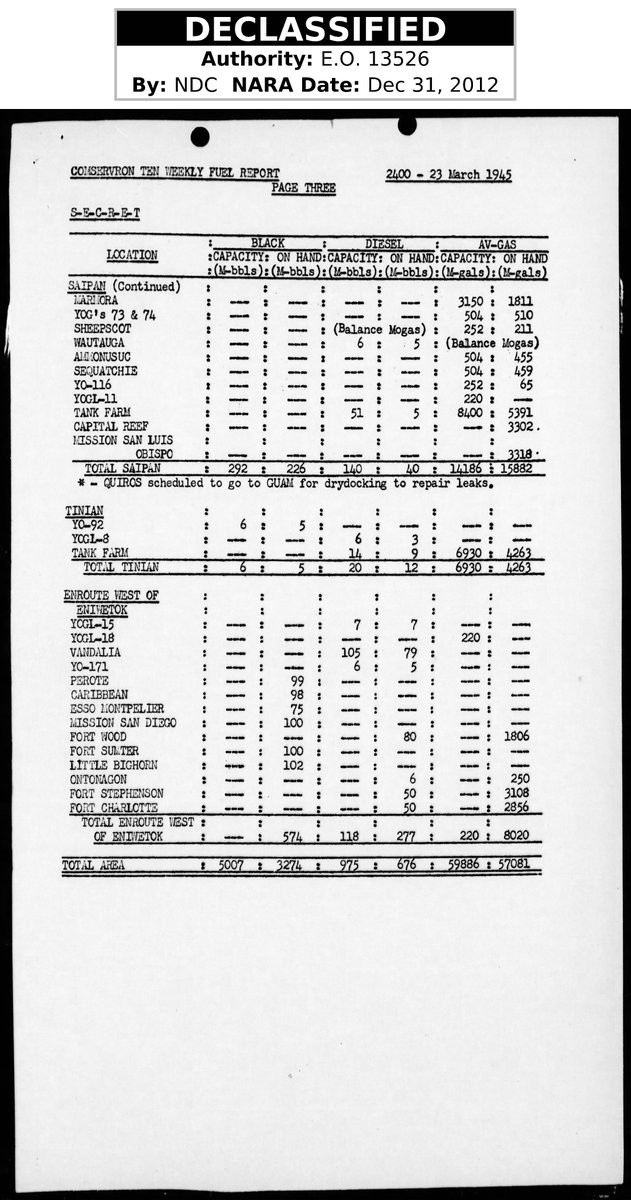
Attached here are the May-45 War Diaries of tug USS ATA-122 & Comservron-10. YOGL-10 had been converted to Mogas & was going west.
The USN units of measure were barrels for fuel oil & diesel and 'M-Gal' (thousand gallons) for water, 'Avgas' & 'Mogas.'
5,000 barrels was
115/

The USN units of measure were barrels for fuel oil & diesel and 'M-Gal' (thousand gallons) for water, 'Avgas' & 'Mogas.'
5,000 barrels was
115/
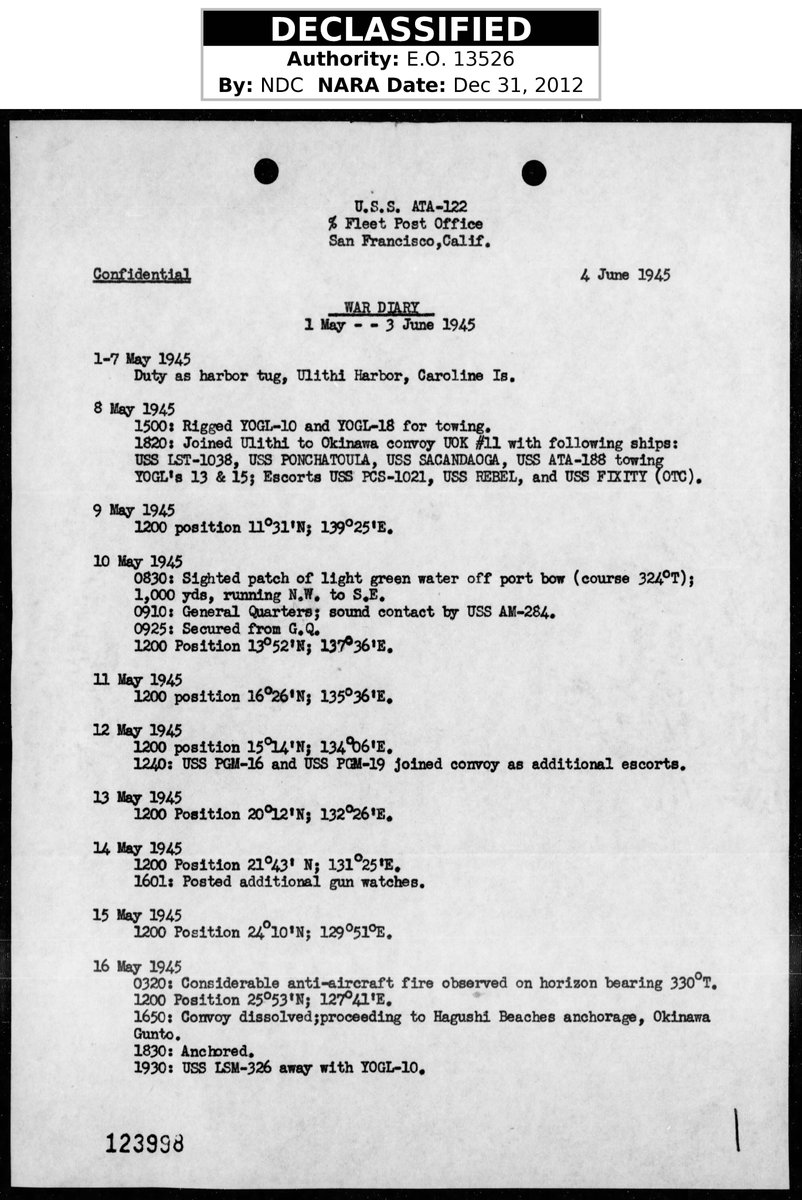
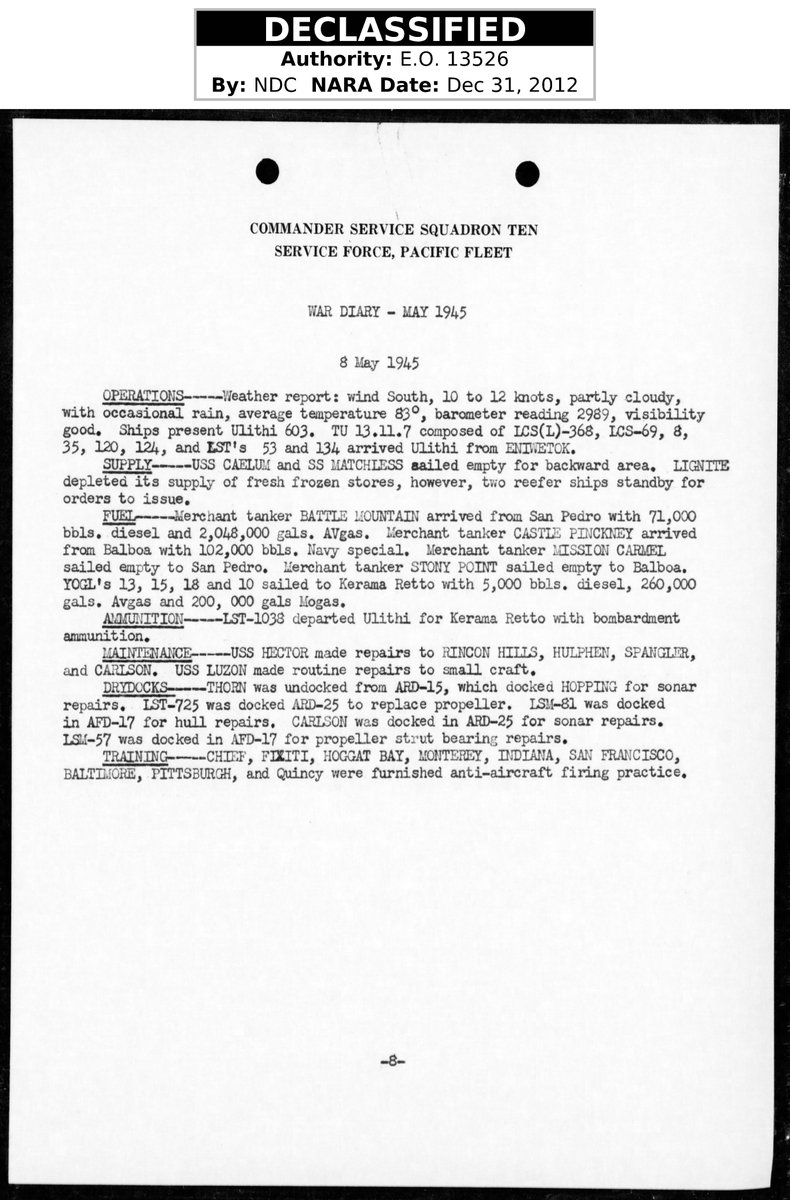
...220,000 gallons. YOGL-10 was part of a tow group transporting class mates YOGL-13, -15 & -18. Two YOGL had Avgas, one Mogas & one diesel. There should have been 440,000 gal. of Avgas in YOGL-13 & -18.
There was only 260,000 gal per the Comservron10 war diary. Opps!
116/
There was only 260,000 gal per the Comservron10 war diary. Opps!
116/
Sending partially filled YOGL barges with 260K of Avgas vice 440K gallons of volume turned one or both into fuel-air bombs in the event of enemy action under a kamikaze filled sky.
This was an act of logistical desperation consistent w/losing a YOGL sunk plus a fuel dump.
117/


This was an act of logistical desperation consistent w/losing a YOGL sunk plus a fuel dump.
117/
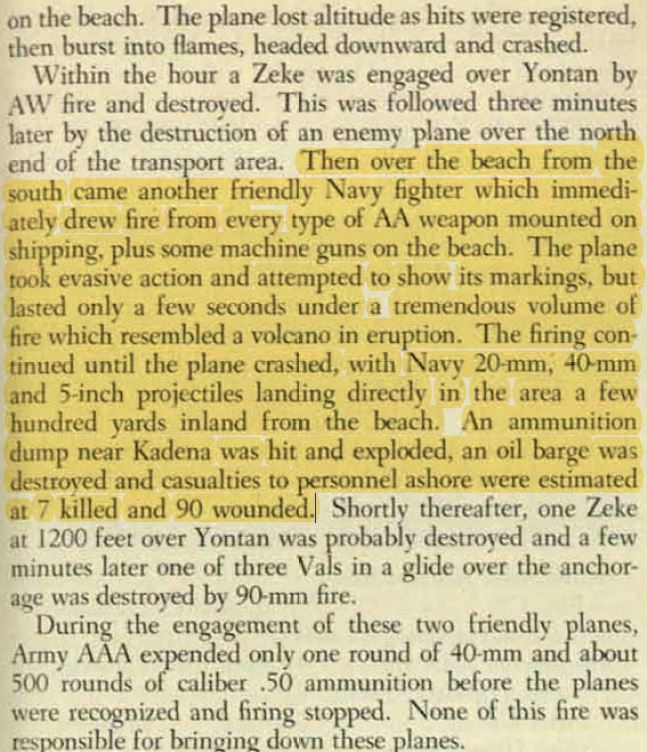


There is a real issue with the idea of a permanently sunk YOGL or pontoon lighter. They are either a simple metal box or boxes. Welding a patch is easy.
The repair tug USS ATR-87 War Diary 10-31-44 to 4-30-45 shows how an LCT was salvaged & an LSM scraped for sheet steel
118/
The repair tug USS ATR-87 War Diary 10-31-44 to 4-30-45 shows how an LCT was salvaged & an LSM scraped for sheet steel
118/
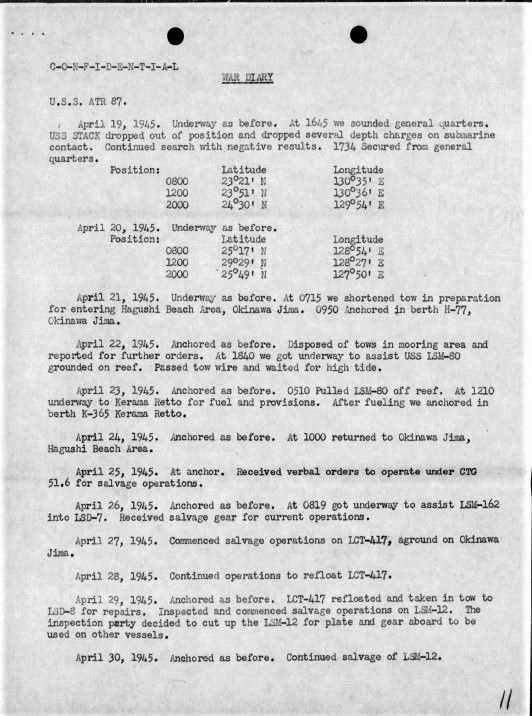
...to patch more battle damaged ships.
The cellular box structure of a pontoon lighter with 300 55-gal barrels on it, that is hit by exploded & tumbling fighter wreckage, plus friendly fire tracking it, is lower in the water. A 55-gal barrel stack on a pontoon would
119/
The cellular box structure of a pontoon lighter with 300 55-gal barrels on it, that is hit by exploded & tumbling fighter wreckage, plus friendly fire tracking it, is lower in the water. A 55-gal barrel stack on a pontoon would
119/
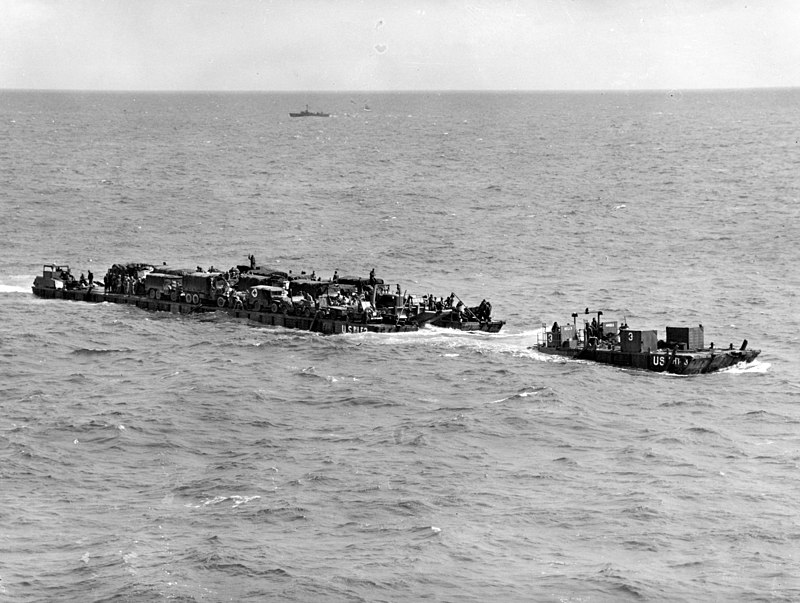
...act like crushable bowling pins that would smear the impact energy & Avgas off it. It is easier to salvage than a YOGL.
USS Epping Forest's eye witness report of wreckage splashing across 2 barges tied side by side at Bishi Gawa, & 1 of them sinking, points to YOGL.
120/

USS Epping Forest's eye witness report of wreckage splashing across 2 barges tied side by side at Bishi Gawa, & 1 of them sinking, points to YOGL.
120/
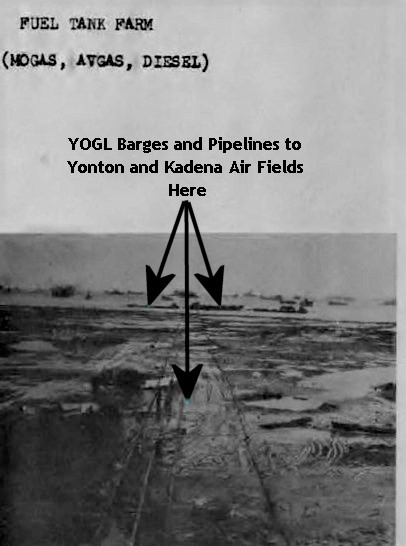
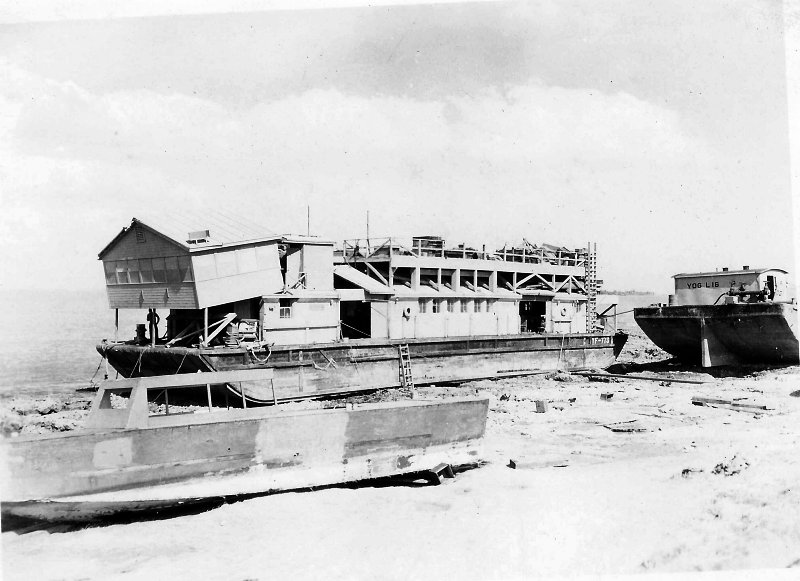
It is much more likely that fighter wreckage would penetrate & stop in the structure of a YOGL, & thus, the friendly fire tracking it to "colander-ize" the above water line YOGL structure.
121/
121/
The highly irregular/not innocent record trail that tracked YOGL locations & their volume content for pertinent logistical reasons that suddenly changed after the 6 Apr 1945 friendly fire incident is the same sort of smoking gun for cover up that faulty memory & Army JAG
122/
122/
...lawyers e-mail's that the Associated Press freedom of information act found were in the Cpl Pat Tillman friendly fire death in 2004.
123/
123/
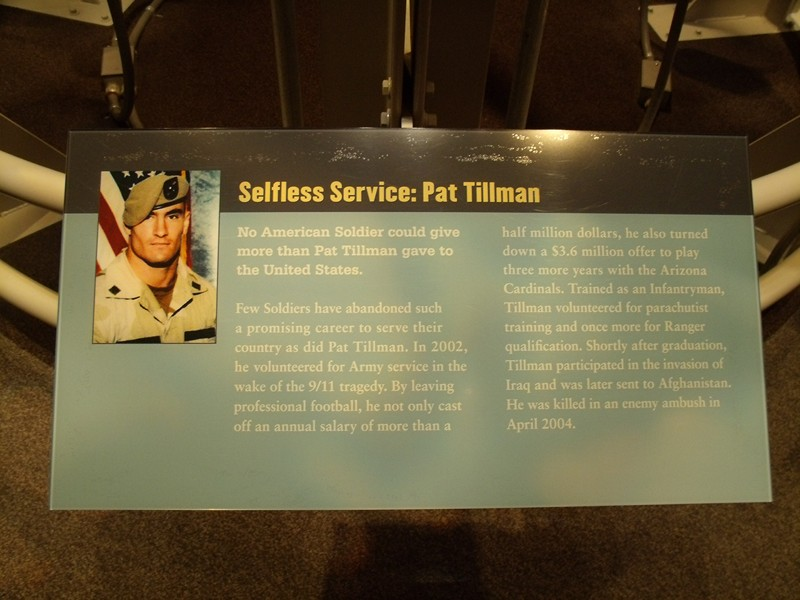
There was no plaque commemorating the selfless service of Wildcat pilot Lt(jg) A.S. Bazzell nor the other nameless Hellcat pilot downed over Hagushi beach.
Nor is there one for the CO of the LCT-1364, the sailor killed on USS PCS-1390 or the seven US Army engineers
124/
Nor is there one for the CO of the LCT-1364, the sailor killed on USS PCS-1390 or the seven US Army engineers
124/
...slain ashore.
The last official US Federal government text addressing their memory was published in 1949.
It is 2021, over 72 years later. Admiral Samuel E. Morison was there off Hagushi beach the day those men died.
125/
The last official US Federal government text addressing their memory was published in 1949.
It is 2021, over 72 years later. Admiral Samuel E. Morison was there off Hagushi beach the day those men died.
125/
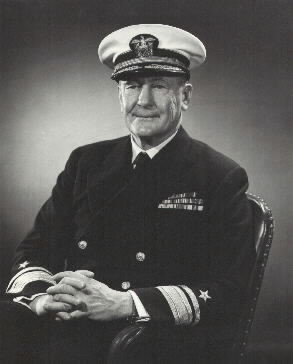
He left those 11 servicemen's selfless service out of his USN histories.
Roy E. Appleman, James M. Burns, Russell A. Gugeler, and John Stevens left them out of "OKINAWA: THE LAST BATTLE
history.army.mil/books/wwii/oki…
126/
Roy E. Appleman, James M. Burns, Russell A. Gugeler, and John Stevens left them out of "OKINAWA: THE LAST BATTLE
history.army.mil/books/wwii/oki…
126/
Major Chas. S. Nichols, Jr., USMC and Henry I. Shaw, Jr. left them out of the USMC's 1955 official history "OKINAWA: Victory in The Pacific"
marines.mil/portals/1/Publ…
127/
marines.mil/portals/1/Publ…
127/
Nor was it written in "THE ARMY AIR FORCES IN WORLD WAR II, Vol. 5 -- The Pacific: MATTERHORN to Nagasaki, June 1944 to August 1945" by historians Wesley Frank Craven and
James Lea Cate.
ibiblio.org/hyperwar/AAF/V…
128/
James Lea Cate.
ibiblio.org/hyperwar/AAF/V…
128/
It is for that selfless service, tragic & willfully forgotten, that the historiography of the 1945 Okinawa campaign needs to be torn down to studs, frame, base boards & foundations to be rebuilt anew.
/End
/End
@threadreaderapp unroll
• • •
Missing some Tweet in this thread? You can try to
force a refresh








